Quick filters:
Etiolation Stock Photos and Images
 Normal and etiolated bean seedlings. Stock Photohttps://www.alamy.com/image-license-details/?v=1https://www.alamy.com/stock-photo-normal-and-etiolated-bean-seedlings-34509271.html
Normal and etiolated bean seedlings. Stock Photohttps://www.alamy.com/image-license-details/?v=1https://www.alamy.com/stock-photo-normal-and-etiolated-bean-seedlings-34509271.htmlRMC040WY–Normal and etiolated bean seedlings.
 Echeveria - a rosette succulent houseplant suffering from etiolation - where it has grown tall stretched and leggy searching for sunlight Stock Photohttps://www.alamy.com/image-license-details/?v=1https://www.alamy.com/echeveria-a-rosette-succulent-houseplant-suffering-from-etiolation-where-it-has-grown-tall-stretched-and-leggy-searching-for-sunlight-image384469582.html
Echeveria - a rosette succulent houseplant suffering from etiolation - where it has grown tall stretched and leggy searching for sunlight Stock Photohttps://www.alamy.com/image-license-details/?v=1https://www.alamy.com/echeveria-a-rosette-succulent-houseplant-suffering-from-etiolation-where-it-has-grown-tall-stretched-and-leggy-searching-for-sunlight-image384469582.htmlRF2D9E2TE–Echeveria - a rosette succulent houseplant suffering from etiolation - where it has grown tall stretched and leggy searching for sunlight
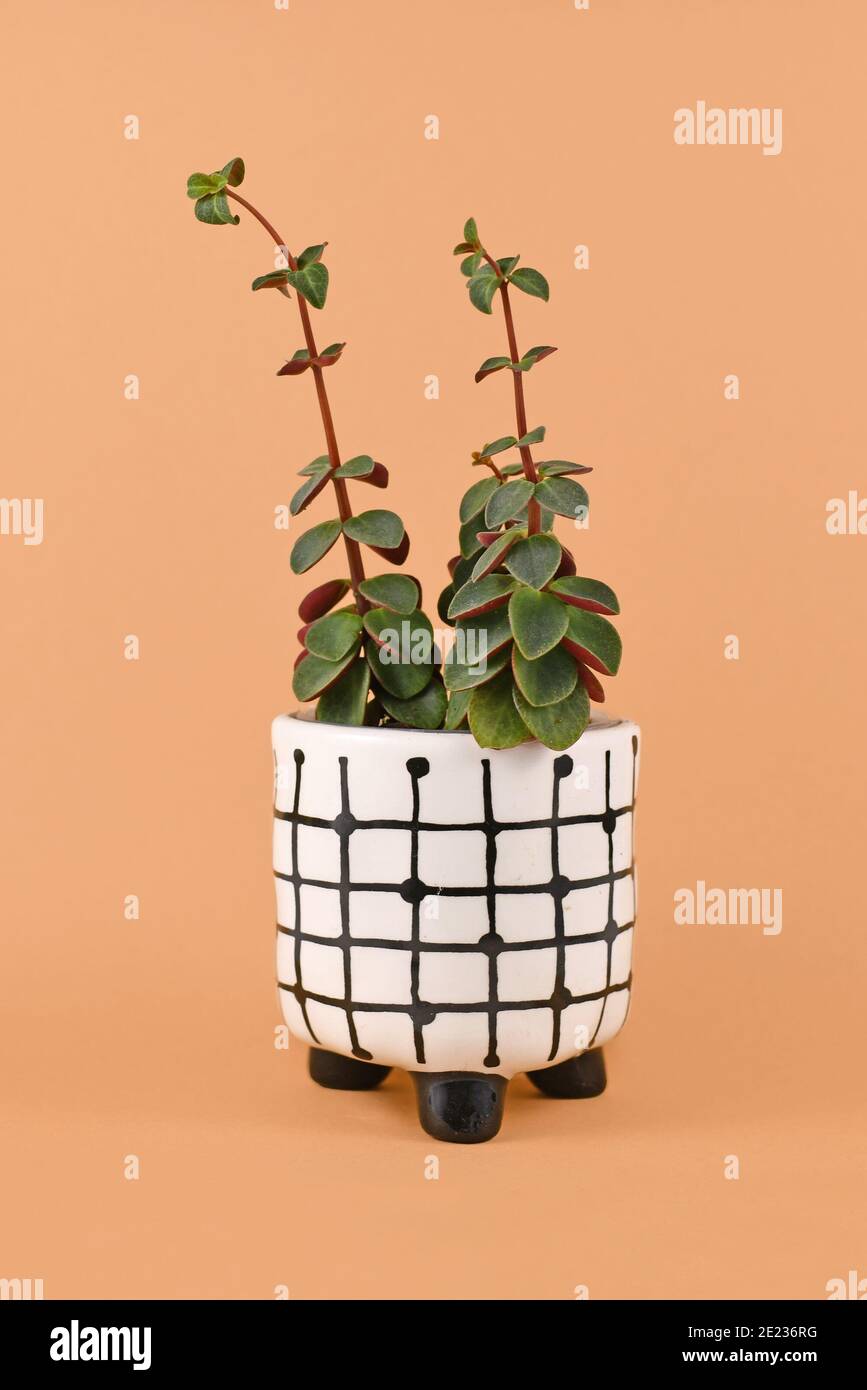 'Peperomia Verticillata Red Log' houseplant showing signs of etiolation with long stems with small leaves because of not enough light in flower pot on Stock Photohttps://www.alamy.com/image-license-details/?v=1https://www.alamy.com/peperomia-verticillata-red-log-houseplant-showing-signs-of-etiolation-with-long-stems-with-small-leaves-because-of-not-enough-light-in-flower-pot-on-image397138996.html
'Peperomia Verticillata Red Log' houseplant showing signs of etiolation with long stems with small leaves because of not enough light in flower pot on Stock Photohttps://www.alamy.com/image-license-details/?v=1https://www.alamy.com/peperomia-verticillata-red-log-houseplant-showing-signs-of-etiolation-with-long-stems-with-small-leaves-because-of-not-enough-light-in-flower-pot-on-image397138996.htmlRF2E236RG–'Peperomia Verticillata Red Log' houseplant showing signs of etiolation with long stems with small leaves because of not enough light in flower pot on
 Etiolation. Mown grassland area, used for temporary camping tent. Image showing areas from where circular tents have been erected and removed Stock Photohttps://www.alamy.com/image-license-details/?v=1https://www.alamy.com/etiolation-mown-grassland-area-used-for-temporary-camping-tent-image-showing-areas-from-where-circular-tents-have-been-erected-and-removed-image370754446.html
Etiolation. Mown grassland area, used for temporary camping tent. Image showing areas from where circular tents have been erected and removed Stock Photohttps://www.alamy.com/image-license-details/?v=1https://www.alamy.com/etiolation-mown-grassland-area-used-for-temporary-camping-tent-image-showing-areas-from-where-circular-tents-have-been-erected-and-removed-image370754446.htmlRM2CF5926–Etiolation. Mown grassland area, used for temporary camping tent. Image showing areas from where circular tents have been erected and removed
 yellow etiolation American Axoloto salamander newt isolated on white Stock Photohttps://www.alamy.com/image-license-details/?v=1https://www.alamy.com/stock-photo-yellow-etiolation-american-axoloto-salamander-newt-isolated-on-white-52298644.html
yellow etiolation American Axoloto salamander newt isolated on white Stock Photohttps://www.alamy.com/image-license-details/?v=1https://www.alamy.com/stock-photo-yellow-etiolation-american-axoloto-salamander-newt-isolated-on-white-52298644.htmlRFD12BCM–yellow etiolation American Axoloto salamander newt isolated on white
 Etiolated cactus. Plant growing in partial or complete absence of light Stock Photohttps://www.alamy.com/image-license-details/?v=1https://www.alamy.com/etiolated-cactus-plant-growing-in-partial-or-complete-absence-of-light-image371262338.html
Etiolated cactus. Plant growing in partial or complete absence of light Stock Photohttps://www.alamy.com/image-license-details/?v=1https://www.alamy.com/etiolated-cactus-plant-growing-in-partial-or-complete-absence-of-light-image371262338.htmlRF2CG0CW6–Etiolated cactus. Plant growing in partial or complete absence of light
 Top view of a succulent plant Stock Photohttps://www.alamy.com/image-license-details/?v=1https://www.alamy.com/top-view-of-a-succulent-plant-image443494154.html
Top view of a succulent plant Stock Photohttps://www.alamy.com/image-license-details/?v=1https://www.alamy.com/top-view-of-a-succulent-plant-image443494154.htmlRF2GNEW8X–Top view of a succulent plant
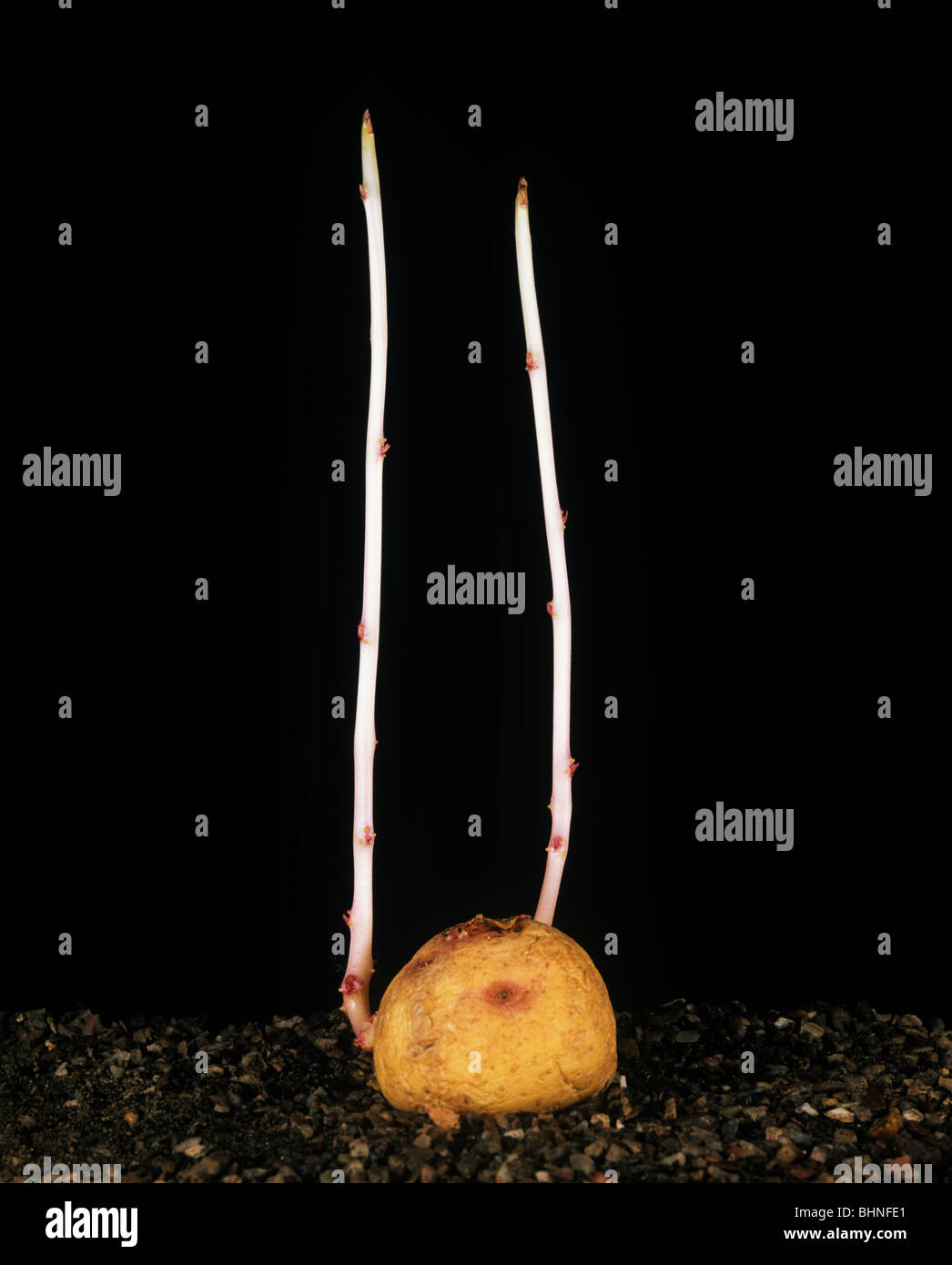 Long etiolated shoots of a potato tuber sprouting in the dark Stock Photohttps://www.alamy.com/image-license-details/?v=1https://www.alamy.com/stock-photo-long-etiolated-shoots-of-a-potato-tuber-sprouting-in-the-dark-28132665.html
Long etiolated shoots of a potato tuber sprouting in the dark Stock Photohttps://www.alamy.com/image-license-details/?v=1https://www.alamy.com/stock-photo-long-etiolated-shoots-of-a-potato-tuber-sprouting-in-the-dark-28132665.htmlRMBHNFE1–Long etiolated shoots of a potato tuber sprouting in the dark
 Etiolation cotyledon orbiculata variegated succulent plant, order flower in parcel Stock Photohttps://www.alamy.com/image-license-details/?v=1https://www.alamy.com/etiolation-cotyledon-orbiculata-variegated-succulent-plant-order-flower-in-parcel-image617537235.html
Etiolation cotyledon orbiculata variegated succulent plant, order flower in parcel Stock Photohttps://www.alamy.com/image-license-details/?v=1https://www.alamy.com/etiolation-cotyledon-orbiculata-variegated-succulent-plant-order-flower-in-parcel-image617537235.htmlRF2XTK717–Etiolation cotyledon orbiculata variegated succulent plant, order flower in parcel
 Response of cress to growth in no light causing etiolation and chlorosis Stock Photohttps://www.alamy.com/image-license-details/?v=1https://www.alamy.com/stock-photo-response-of-cress-to-growth-in-no-light-causing-etiolation-and-chlorosis-28176314.html
Response of cress to growth in no light causing etiolation and chlorosis Stock Photohttps://www.alamy.com/image-license-details/?v=1https://www.alamy.com/stock-photo-response-of-cress-to-growth-in-no-light-causing-etiolation-and-chlorosis-28176314.htmlRMBHRF4X–Response of cress to growth in no light causing etiolation and chlorosis
 yellow etiolation American Axoloto salamander newt isolated on white Stock Photohttps://www.alamy.com/image-license-details/?v=1https://www.alamy.com/stock-photo-yellow-etiolation-american-axoloto-salamander-newt-isolated-on-white-50732122.html
yellow etiolation American Axoloto salamander newt isolated on white Stock Photohttps://www.alamy.com/image-license-details/?v=1https://www.alamy.com/stock-photo-yellow-etiolation-american-axoloto-salamander-newt-isolated-on-white-50732122.htmlRFCXF19E–yellow etiolation American Axoloto salamander newt isolated on white
 Sunflower seedlings with and without etiolation, chlorotic and week without light (right) Stock Photohttps://www.alamy.com/image-license-details/?v=1https://www.alamy.com/sunflower-seedlings-with-and-without-etiolation-chlorotic-and-week-without-light-right-image533860889.html
Sunflower seedlings with and without etiolation, chlorotic and week without light (right) Stock Photohttps://www.alamy.com/image-license-details/?v=1https://www.alamy.com/sunflower-seedlings-with-and-without-etiolation-chlorotic-and-week-without-light-right-image533860889.htmlRM2P0FD09–Sunflower seedlings with and without etiolation, chlorotic and week without light (right)
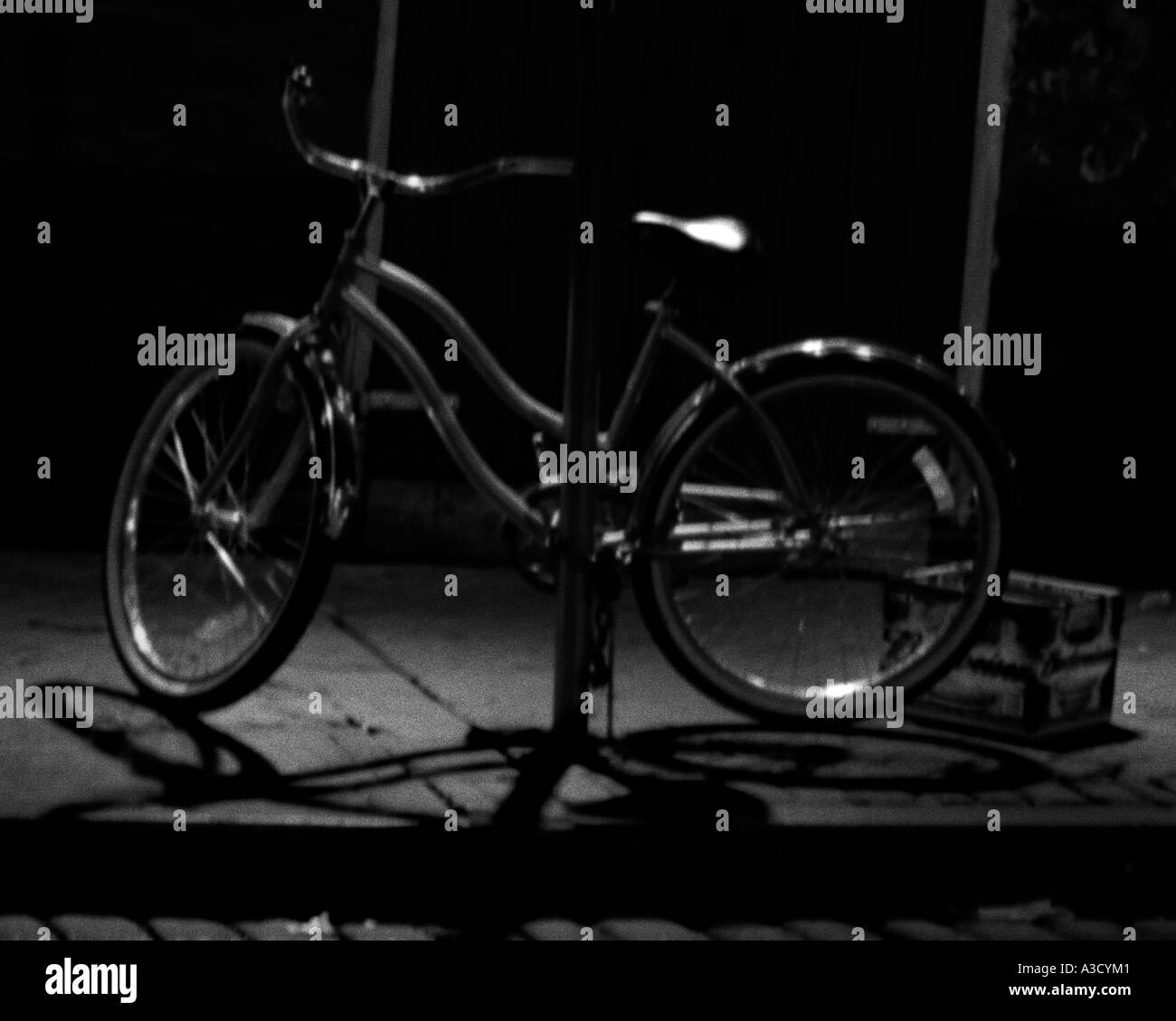 Bicycle Stock Photohttps://www.alamy.com/image-license-details/?v=1https://www.alamy.com/bicycle-image6141056.html
Bicycle Stock Photohttps://www.alamy.com/image-license-details/?v=1https://www.alamy.com/bicycle-image6141056.htmlRMA3CYM1–Bicycle
 Elongated stem of Echeveria succulent flower, order flower in asian parcel Stock Photohttps://www.alamy.com/image-license-details/?v=1https://www.alamy.com/elongated-stem-of-echeveria-succulent-flower-order-flower-in-asian-parcel-image617745754.html
Elongated stem of Echeveria succulent flower, order flower in asian parcel Stock Photohttps://www.alamy.com/image-license-details/?v=1https://www.alamy.com/elongated-stem-of-echeveria-succulent-flower-order-flower-in-asian-parcel-image617745754.htmlRF2XW0N0A–Elongated stem of Echeveria succulent flower, order flower in asian parcel
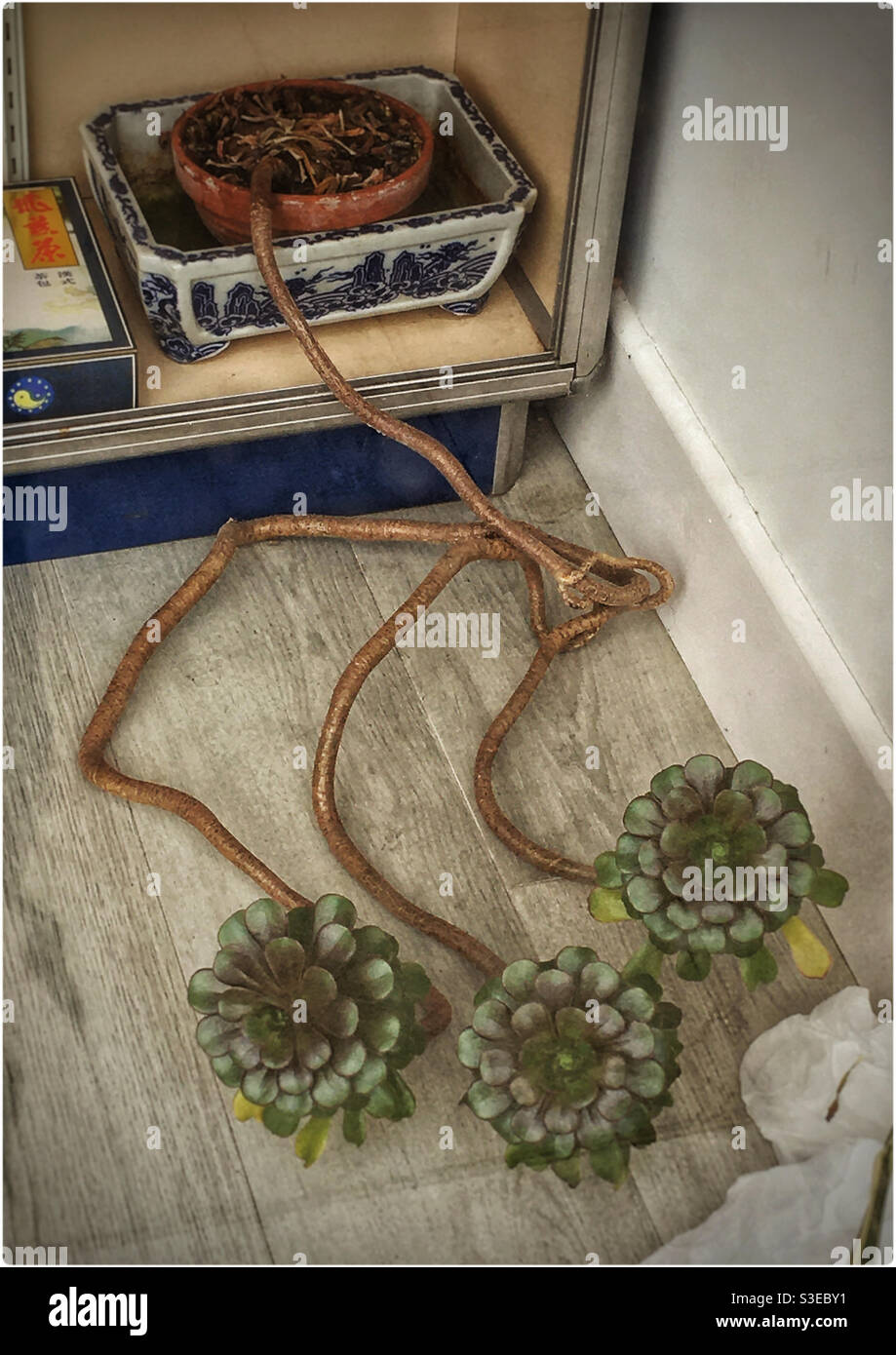 Succulent cacti plant growing towards the light Stock Photohttps://www.alamy.com/image-license-details/?v=1https://www.alamy.com/succulent-cacti-plant-growing-towards-the-light-image311947301.html
Succulent cacti plant growing towards the light Stock Photohttps://www.alamy.com/image-license-details/?v=1https://www.alamy.com/succulent-cacti-plant-growing-towards-the-light-image311947301.htmlRFS3EBY1–Succulent cacti plant growing towards the light
 Succulent flowers, order flower in asian parcel Stock Photohttps://www.alamy.com/image-license-details/?v=1https://www.alamy.com/succulent-flowers-order-flower-in-asian-parcel-image617537230.html
Succulent flowers, order flower in asian parcel Stock Photohttps://www.alamy.com/image-license-details/?v=1https://www.alamy.com/succulent-flowers-order-flower-in-asian-parcel-image617537230.htmlRF2XTK712–Succulent flowers, order flower in asian parcel
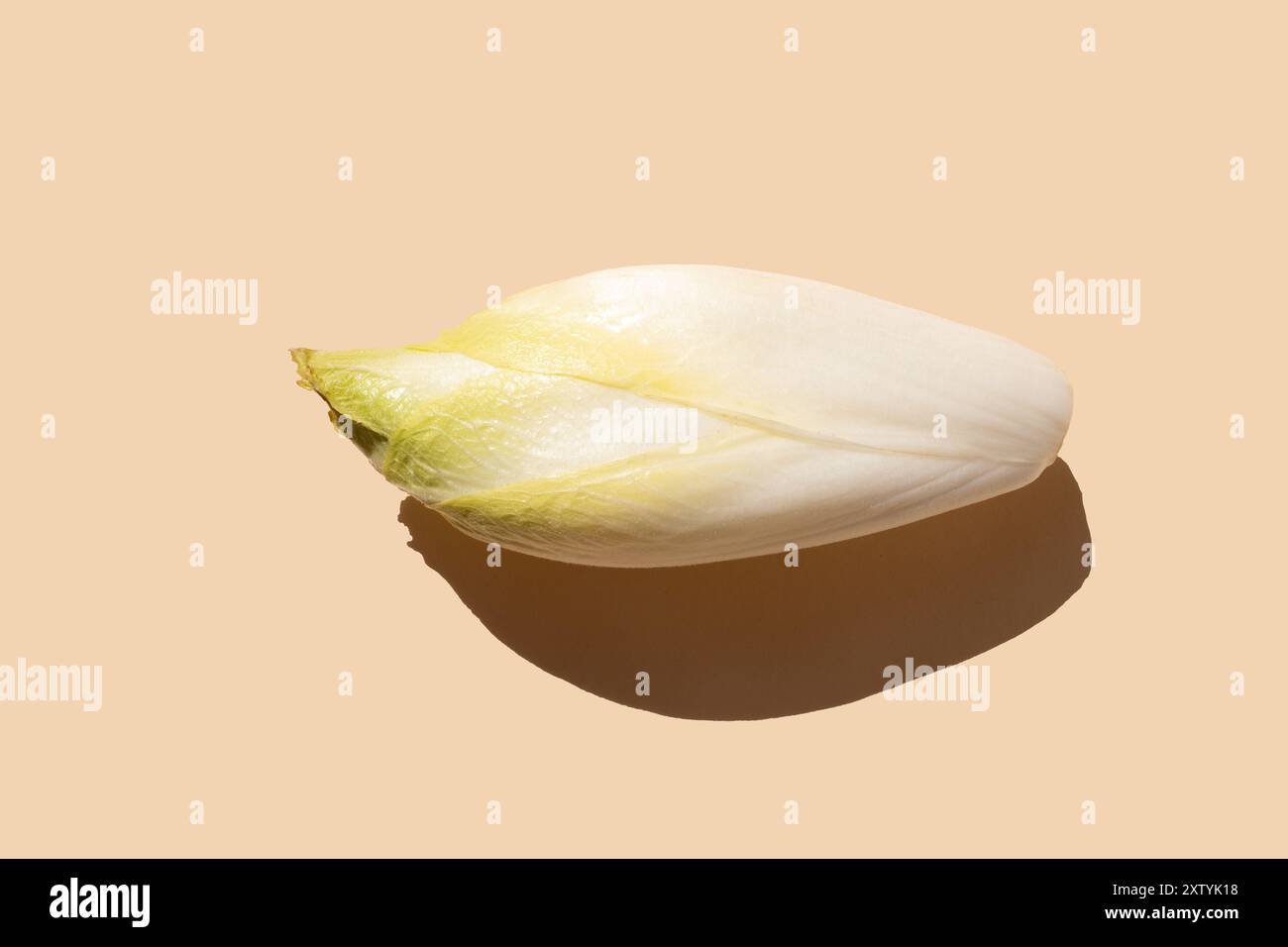 a close up of a white endive on a pale background, suitable for culinary, cooking, or healthy eating concepts, top view, direct sunlight hard shadows Stock Photohttps://www.alamy.com/image-license-details/?v=1https://www.alamy.com/a-close-up-of-a-white-endive-on-a-pale-background-suitable-for-culinary-cooking-or-healthy-eating-concepts-top-view-direct-sunlight-hard-shadows-image617722260.html
a close up of a white endive on a pale background, suitable for culinary, cooking, or healthy eating concepts, top view, direct sunlight hard shadows Stock Photohttps://www.alamy.com/image-license-details/?v=1https://www.alamy.com/a-close-up-of-a-white-endive-on-a-pale-background-suitable-for-culinary-cooking-or-healthy-eating-concepts-top-view-direct-sunlight-hard-shadows-image617722260.htmlRF2XTYK18–a close up of a white endive on a pale background, suitable for culinary, cooking, or healthy eating concepts, top view, direct sunlight hard shadows
 Sick succulent flower with dried pale colorless leaves and elongated stem Stock Photohttps://www.alamy.com/image-license-details/?v=1https://www.alamy.com/sick-succulent-flower-with-dried-pale-colorless-leaves-and-elongated-stem-image622677824.html
Sick succulent flower with dried pale colorless leaves and elongated stem Stock Photohttps://www.alamy.com/image-license-details/?v=1https://www.alamy.com/sick-succulent-flower-with-dried-pale-colorless-leaves-and-elongated-stem-image622677824.htmlRF2Y51BWM–Sick succulent flower with dried pale colorless leaves and elongated stem
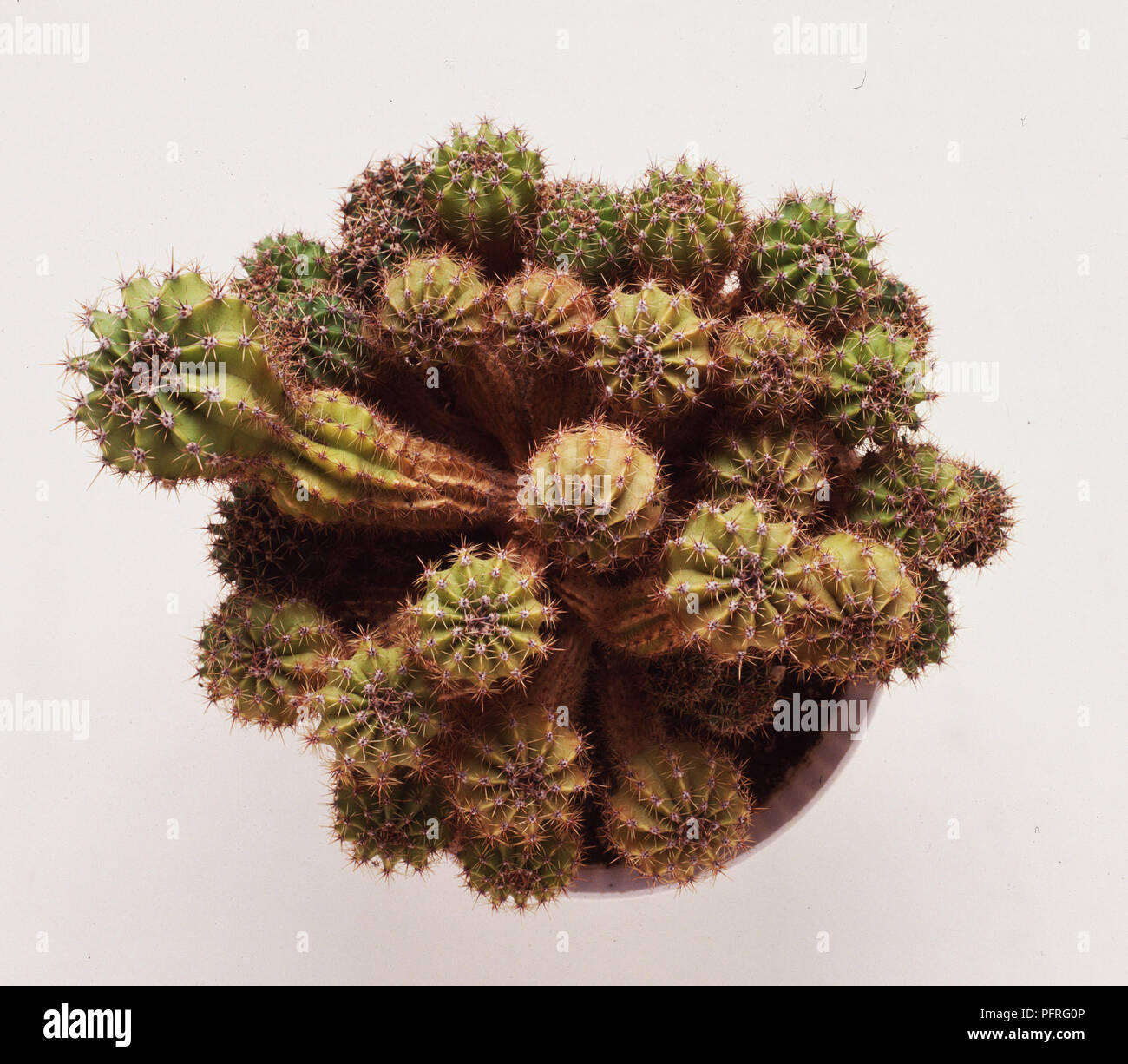 Stock Photohttps://www.alamy.com/image-license-details/?v=1https://www.alamy.com/-image216261718.html
Stock Photohttps://www.alamy.com/image-license-details/?v=1https://www.alamy.com/-image216261718.htmlRMPFRG0P–
 . Animal life as affected by the natural conditions of existence. Animal ecology. 88 THE INFLUii-NCE OF INANIMATE SHEROUNUINGS. ento-parasites are quite, or almost quite, white, appears a striking proof of the accuracy of this statement. Even as lately as 1870 it was asserted by the celebrated French depute and physiologist, Paul Bert, that the hwvse of the well-known Axolotl (fig. 24) were incapable of forming jjigment when they were brought up under the influence of yellow light, and he unhappily designated this absence of the epidermal pigment as ' etiolation.' This term, as is well known, Stock Photohttps://www.alamy.com/image-license-details/?v=1https://www.alamy.com/animal-life-as-affected-by-the-natural-conditions-of-existence-animal-ecology-88-the-influii-nce-of-inanimate-sherounuings-ento-parasites-are-quite-or-almost-quite-white-appears-a-striking-proof-of-the-accuracy-of-this-statement-even-as-lately-as-1870-it-was-asserted-by-the-celebrated-french-depute-and-physiologist-paul-bert-that-the-hwvse-of-the-well-known-axolotl-fig-24-were-incapable-of-forming-jjigment-when-they-were-brought-up-under-the-influence-of-yellow-light-and-he-unhappily-designated-this-absence-of-the-epidermal-pigment-as-etiolation-this-term-as-is-well-known-image232032244.html
. Animal life as affected by the natural conditions of existence. Animal ecology. 88 THE INFLUii-NCE OF INANIMATE SHEROUNUINGS. ento-parasites are quite, or almost quite, white, appears a striking proof of the accuracy of this statement. Even as lately as 1870 it was asserted by the celebrated French depute and physiologist, Paul Bert, that the hwvse of the well-known Axolotl (fig. 24) were incapable of forming jjigment when they were brought up under the influence of yellow light, and he unhappily designated this absence of the epidermal pigment as ' etiolation.' This term, as is well known, Stock Photohttps://www.alamy.com/image-license-details/?v=1https://www.alamy.com/animal-life-as-affected-by-the-natural-conditions-of-existence-animal-ecology-88-the-influii-nce-of-inanimate-sherounuings-ento-parasites-are-quite-or-almost-quite-white-appears-a-striking-proof-of-the-accuracy-of-this-statement-even-as-lately-as-1870-it-was-asserted-by-the-celebrated-french-depute-and-physiologist-paul-bert-that-the-hwvse-of-the-well-known-axolotl-fig-24-were-incapable-of-forming-jjigment-when-they-were-brought-up-under-the-influence-of-yellow-light-and-he-unhappily-designated-this-absence-of-the-epidermal-pigment-as-etiolation-this-term-as-is-well-known-image232032244.htmlRMRDDYDT–. Animal life as affected by the natural conditions of existence. Animal ecology. 88 THE INFLUii-NCE OF INANIMATE SHEROUNUINGS. ento-parasites are quite, or almost quite, white, appears a striking proof of the accuracy of this statement. Even as lately as 1870 it was asserted by the celebrated French depute and physiologist, Paul Bert, that the hwvse of the well-known Axolotl (fig. 24) were incapable of forming jjigment when they were brought up under the influence of yellow light, and he unhappily designated this absence of the epidermal pigment as ' etiolation.' This term, as is well known,
 . Animal life as affected by the natural conditions of existence. Animal ecology. 88 THE INFLUii-NCE OF INANIMATE SHEROUNUINGS. ento-parasites are quite, or almost quite, white, appears a striking proof of the accuracy of this statement. Even as lately as 1870 it was asserted by the celebrated French depute and physiologist, Paul Bert, that the hwvse of the well-known Axolotl (fig. 24) were incapable of forming jjigment when they were brought up under the influence of yellow light, and he unhappily designated this absence of the epidermal pigment as ' etiolation.' This term, as is well known, Stock Photohttps://www.alamy.com/image-license-details/?v=1https://www.alamy.com/animal-life-as-affected-by-the-natural-conditions-of-existence-animal-ecology-88-the-influii-nce-of-inanimate-sherounuings-ento-parasites-are-quite-or-almost-quite-white-appears-a-striking-proof-of-the-accuracy-of-this-statement-even-as-lately-as-1870-it-was-asserted-by-the-celebrated-french-depute-and-physiologist-paul-bert-that-the-hwvse-of-the-well-known-axolotl-fig-24-were-incapable-of-forming-jjigment-when-they-were-brought-up-under-the-influence-of-yellow-light-and-he-unhappily-designated-this-absence-of-the-epidermal-pigment-as-etiolation-this-term-as-is-well-known-image216357989.html
. Animal life as affected by the natural conditions of existence. Animal ecology. 88 THE INFLUii-NCE OF INANIMATE SHEROUNUINGS. ento-parasites are quite, or almost quite, white, appears a striking proof of the accuracy of this statement. Even as lately as 1870 it was asserted by the celebrated French depute and physiologist, Paul Bert, that the hwvse of the well-known Axolotl (fig. 24) were incapable of forming jjigment when they were brought up under the influence of yellow light, and he unhappily designated this absence of the epidermal pigment as ' etiolation.' This term, as is well known, Stock Photohttps://www.alamy.com/image-license-details/?v=1https://www.alamy.com/animal-life-as-affected-by-the-natural-conditions-of-existence-animal-ecology-88-the-influii-nce-of-inanimate-sherounuings-ento-parasites-are-quite-or-almost-quite-white-appears-a-striking-proof-of-the-accuracy-of-this-statement-even-as-lately-as-1870-it-was-asserted-by-the-celebrated-french-depute-and-physiologist-paul-bert-that-the-hwvse-of-the-well-known-axolotl-fig-24-were-incapable-of-forming-jjigment-when-they-were-brought-up-under-the-influence-of-yellow-light-and-he-unhappily-designated-this-absence-of-the-epidermal-pigment-as-etiolation-this-term-as-is-well-known-image216357989.htmlRMPFYXR1–. Animal life as affected by the natural conditions of existence. Animal ecology. 88 THE INFLUii-NCE OF INANIMATE SHEROUNUINGS. ento-parasites are quite, or almost quite, white, appears a striking proof of the accuracy of this statement. Even as lately as 1870 it was asserted by the celebrated French depute and physiologist, Paul Bert, that the hwvse of the well-known Axolotl (fig. 24) were incapable of forming jjigment when they were brought up under the influence of yellow light, and he unhappily designated this absence of the epidermal pigment as ' etiolation.' This term, as is well known,
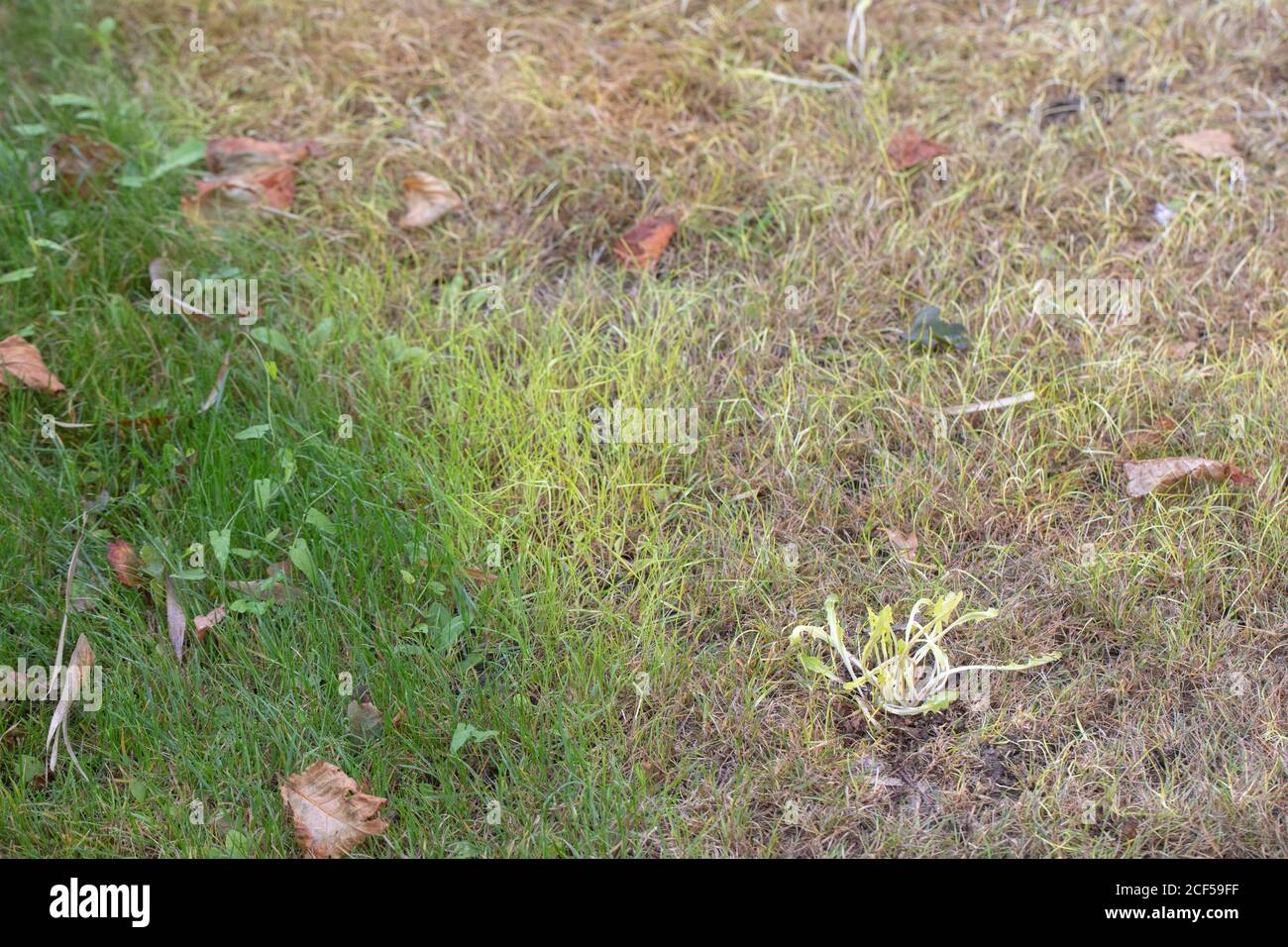 Etiolation. Result of green grass and a dandelion (Taraxacum officinale), plant being covered, deprived of light, by a tent ground sheet on a camping Stock Photohttps://www.alamy.com/image-license-details/?v=1https://www.alamy.com/etiolation-result-of-green-grass-and-a-dandelion-taraxacum-officinale-plant-being-covered-deprived-of-light-by-a-tent-ground-sheet-on-a-camping-image370754819.html
Etiolation. Result of green grass and a dandelion (Taraxacum officinale), plant being covered, deprived of light, by a tent ground sheet on a camping Stock Photohttps://www.alamy.com/image-license-details/?v=1https://www.alamy.com/etiolation-result-of-green-grass-and-a-dandelion-taraxacum-officinale-plant-being-covered-deprived-of-light-by-a-tent-ground-sheet-on-a-camping-image370754819.htmlRM2CF59FF–Etiolation. Result of green grass and a dandelion (Taraxacum officinale), plant being covered, deprived of light, by a tent ground sheet on a camping
 albefaction American Axoloto salamander newt isolated on white Stock Photohttps://www.alamy.com/image-license-details/?v=1https://www.alamy.com/stock-photo-albefaction-american-axoloto-salamander-newt-isolated-on-white-52298640.html
albefaction American Axoloto salamander newt isolated on white Stock Photohttps://www.alamy.com/image-license-details/?v=1https://www.alamy.com/stock-photo-albefaction-american-axoloto-salamander-newt-isolated-on-white-52298640.htmlRFD12BCG–albefaction American Axoloto salamander newt isolated on white
 Etiolated cactus. Plant growing in partial or complete absence of light Stock Photohttps://www.alamy.com/image-license-details/?v=1https://www.alamy.com/etiolated-cactus-plant-growing-in-partial-or-complete-absence-of-light-image371262333.html
Etiolated cactus. Plant growing in partial or complete absence of light Stock Photohttps://www.alamy.com/image-license-details/?v=1https://www.alamy.com/etiolated-cactus-plant-growing-in-partial-or-complete-absence-of-light-image371262333.htmlRF2CG0CW1–Etiolated cactus. Plant growing in partial or complete absence of light
 American Axoloto salamander newt Stock Photohttps://www.alamy.com/image-license-details/?v=1https://www.alamy.com/stock-photo-american-axoloto-salamander-newt-40190787.html
American Axoloto salamander newt Stock Photohttps://www.alamy.com/image-license-details/?v=1https://www.alamy.com/stock-photo-american-axoloto-salamander-newt-40190787.htmlRFC9ARN7–American Axoloto salamander newt
 Broad bean plant grown without light compared to one grown normally Stock Photohttps://www.alamy.com/image-license-details/?v=1https://www.alamy.com/stock-photo-broad-bean-plant-grown-without-light-compared-to-one-grown-normally-28177371.html
Broad bean plant grown without light compared to one grown normally Stock Photohttps://www.alamy.com/image-license-details/?v=1https://www.alamy.com/stock-photo-broad-bean-plant-grown-without-light-compared-to-one-grown-normally-28177371.htmlRMBHRGEK–Broad bean plant grown without light compared to one grown normally
 salamander newt head Stock Photohttps://www.alamy.com/image-license-details/?v=1https://www.alamy.com/stock-photo-salamander-newt-head-50731937.html
salamander newt head Stock Photohttps://www.alamy.com/image-license-details/?v=1https://www.alamy.com/stock-photo-salamander-newt-head-50731937.htmlRFCXF12W–salamander newt head
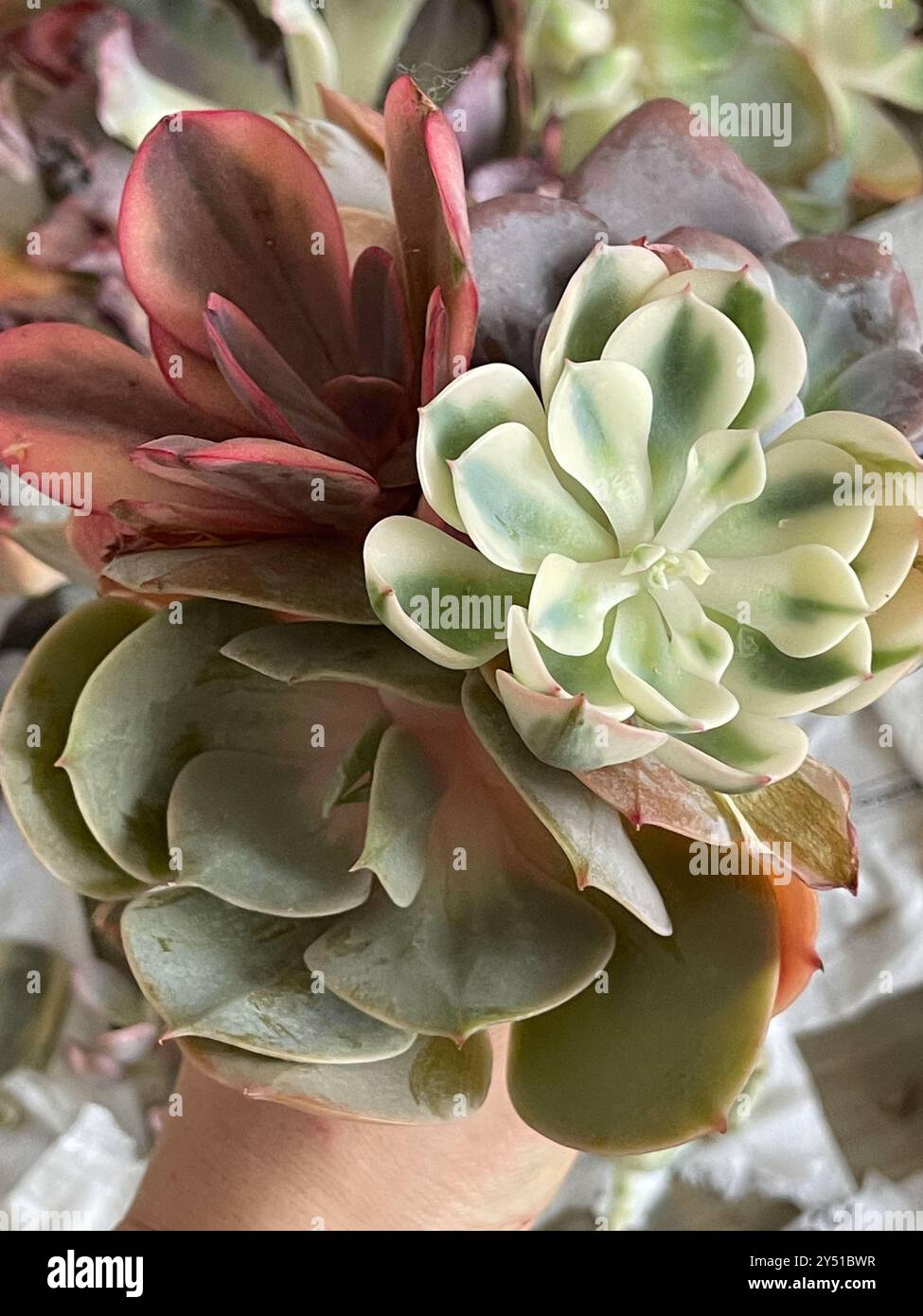 Succulents from Asian parcel. Echeveria flowers Stock Photohttps://www.alamy.com/image-license-details/?v=1https://www.alamy.com/succulents-from-asian-parcel-echeveria-flowers-image622677827.html
Succulents from Asian parcel. Echeveria flowers Stock Photohttps://www.alamy.com/image-license-details/?v=1https://www.alamy.com/succulents-from-asian-parcel-echeveria-flowers-image622677827.htmlRF2Y51BWR–Succulents from Asian parcel. Echeveria flowers
 . Animal life as affected by the natural conditions of existence. Animal ecology. 88 THE INFLUiTNCE OF INANIMATE S0KROUNUINGS. ento-parasites are quite, or almost quite, Vhite, appears a striking proof of the accuracy of this statement. Even as lately as 1870 it was asserted by the celebrated French depute and physiologist, Paul Bert, that the larvse of the well-known Axolotl (fig. 24) were incapable of forming pigment when they were brought up under the influence of yellow light, and he unhappily designated this absence of the epidermal pigment as ' etiolation.' This term, as is well known, h Stock Photohttps://www.alamy.com/image-license-details/?v=1https://www.alamy.com/animal-life-as-affected-by-the-natural-conditions-of-existence-animal-ecology-88-the-influitnce-of-inanimate-s0krounuings-ento-parasites-are-quite-or-almost-quite-vhite-appears-a-striking-proof-of-the-accuracy-of-this-statement-even-as-lately-as-1870-it-was-asserted-by-the-celebrated-french-depute-and-physiologist-paul-bert-that-the-larvse-of-the-well-known-axolotl-fig-24-were-incapable-of-forming-pigment-when-they-were-brought-up-under-the-influence-of-yellow-light-and-he-unhappily-designated-this-absence-of-the-epidermal-pigment-as-etiolation-this-term-as-is-well-known-h-image232133796.html
. Animal life as affected by the natural conditions of existence. Animal ecology. 88 THE INFLUiTNCE OF INANIMATE S0KROUNUINGS. ento-parasites are quite, or almost quite, Vhite, appears a striking proof of the accuracy of this statement. Even as lately as 1870 it was asserted by the celebrated French depute and physiologist, Paul Bert, that the larvse of the well-known Axolotl (fig. 24) were incapable of forming pigment when they were brought up under the influence of yellow light, and he unhappily designated this absence of the epidermal pigment as ' etiolation.' This term, as is well known, h Stock Photohttps://www.alamy.com/image-license-details/?v=1https://www.alamy.com/animal-life-as-affected-by-the-natural-conditions-of-existence-animal-ecology-88-the-influitnce-of-inanimate-s0krounuings-ento-parasites-are-quite-or-almost-quite-vhite-appears-a-striking-proof-of-the-accuracy-of-this-statement-even-as-lately-as-1870-it-was-asserted-by-the-celebrated-french-depute-and-physiologist-paul-bert-that-the-larvse-of-the-well-known-axolotl-fig-24-were-incapable-of-forming-pigment-when-they-were-brought-up-under-the-influence-of-yellow-light-and-he-unhappily-designated-this-absence-of-the-epidermal-pigment-as-etiolation-this-term-as-is-well-known-h-image232133796.htmlRMRDJH0M–. Animal life as affected by the natural conditions of existence. Animal ecology. 88 THE INFLUiTNCE OF INANIMATE S0KROUNUINGS. ento-parasites are quite, or almost quite, Vhite, appears a striking proof of the accuracy of this statement. Even as lately as 1870 it was asserted by the celebrated French depute and physiologist, Paul Bert, that the larvse of the well-known Axolotl (fig. 24) were incapable of forming pigment when they were brought up under the influence of yellow light, and he unhappily designated this absence of the epidermal pigment as ' etiolation.' This term, as is well known, h
 . Animal life as affected by the natural conditions of existence. Animal ecology. 88 THE INFLUiTNCE OF INANIMATE S0KROUNUINGS. ento-parasites are quite, or almost quite, Vhite, appears a striking proof of the accuracy of this statement. Even as lately as 1870 it was asserted by the celebrated French depute and physiologist, Paul Bert, that the larvse of the well-known Axolotl (fig. 24) were incapable of forming pigment when they were brought up under the influence of yellow light, and he unhappily designated this absence of the epidermal pigment as ' etiolation.' This term, as is well known, h Stock Photohttps://www.alamy.com/image-license-details/?v=1https://www.alamy.com/animal-life-as-affected-by-the-natural-conditions-of-existence-animal-ecology-88-the-influitnce-of-inanimate-s0krounuings-ento-parasites-are-quite-or-almost-quite-vhite-appears-a-striking-proof-of-the-accuracy-of-this-statement-even-as-lately-as-1870-it-was-asserted-by-the-celebrated-french-depute-and-physiologist-paul-bert-that-the-larvse-of-the-well-known-axolotl-fig-24-were-incapable-of-forming-pigment-when-they-were-brought-up-under-the-influence-of-yellow-light-and-he-unhappily-designated-this-absence-of-the-epidermal-pigment-as-etiolation-this-term-as-is-well-known-h-image216447759.html
. Animal life as affected by the natural conditions of existence. Animal ecology. 88 THE INFLUiTNCE OF INANIMATE S0KROUNUINGS. ento-parasites are quite, or almost quite, Vhite, appears a striking proof of the accuracy of this statement. Even as lately as 1870 it was asserted by the celebrated French depute and physiologist, Paul Bert, that the larvse of the well-known Axolotl (fig. 24) were incapable of forming pigment when they were brought up under the influence of yellow light, and he unhappily designated this absence of the epidermal pigment as ' etiolation.' This term, as is well known, h Stock Photohttps://www.alamy.com/image-license-details/?v=1https://www.alamy.com/animal-life-as-affected-by-the-natural-conditions-of-existence-animal-ecology-88-the-influitnce-of-inanimate-s0krounuings-ento-parasites-are-quite-or-almost-quite-vhite-appears-a-striking-proof-of-the-accuracy-of-this-statement-even-as-lately-as-1870-it-was-asserted-by-the-celebrated-french-depute-and-physiologist-paul-bert-that-the-larvse-of-the-well-known-axolotl-fig-24-were-incapable-of-forming-pigment-when-they-were-brought-up-under-the-influence-of-yellow-light-and-he-unhappily-designated-this-absence-of-the-epidermal-pigment-as-etiolation-this-term-as-is-well-known-h-image216447759.htmlRMPG4193–. Animal life as affected by the natural conditions of existence. Animal ecology. 88 THE INFLUiTNCE OF INANIMATE S0KROUNUINGS. ento-parasites are quite, or almost quite, Vhite, appears a striking proof of the accuracy of this statement. Even as lately as 1870 it was asserted by the celebrated French depute and physiologist, Paul Bert, that the larvse of the well-known Axolotl (fig. 24) were incapable of forming pigment when they were brought up under the influence of yellow light, and he unhappily designated this absence of the epidermal pigment as ' etiolation.' This term, as is well known, h
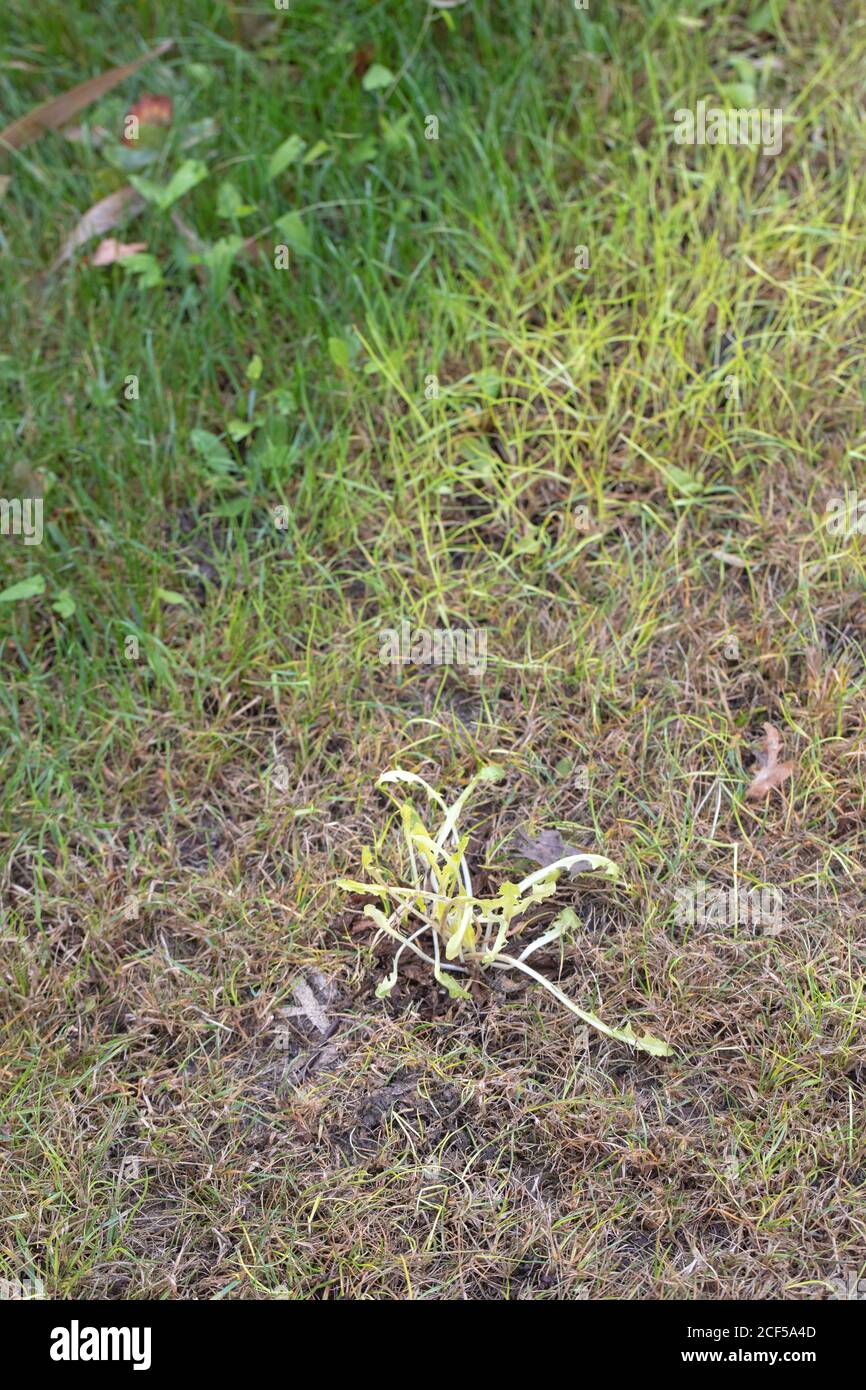 Etiolation. Result of green grass and a dandelion (Taraxacum officinale), plant being covered, deprived of light, by a tent ground sheet on a camping Stock Photohttps://www.alamy.com/image-license-details/?v=1https://www.alamy.com/etiolation-result-of-green-grass-and-a-dandelion-taraxacum-officinale-plant-being-covered-deprived-of-light-by-a-tent-ground-sheet-on-a-camping-image370755293.html
Etiolation. Result of green grass and a dandelion (Taraxacum officinale), plant being covered, deprived of light, by a tent ground sheet on a camping Stock Photohttps://www.alamy.com/image-license-details/?v=1https://www.alamy.com/etiolation-result-of-green-grass-and-a-dandelion-taraxacum-officinale-plant-being-covered-deprived-of-light-by-a-tent-ground-sheet-on-a-camping-image370755293.htmlRM2CF5A4D–Etiolation. Result of green grass and a dandelion (Taraxacum officinale), plant being covered, deprived of light, by a tent ground sheet on a camping
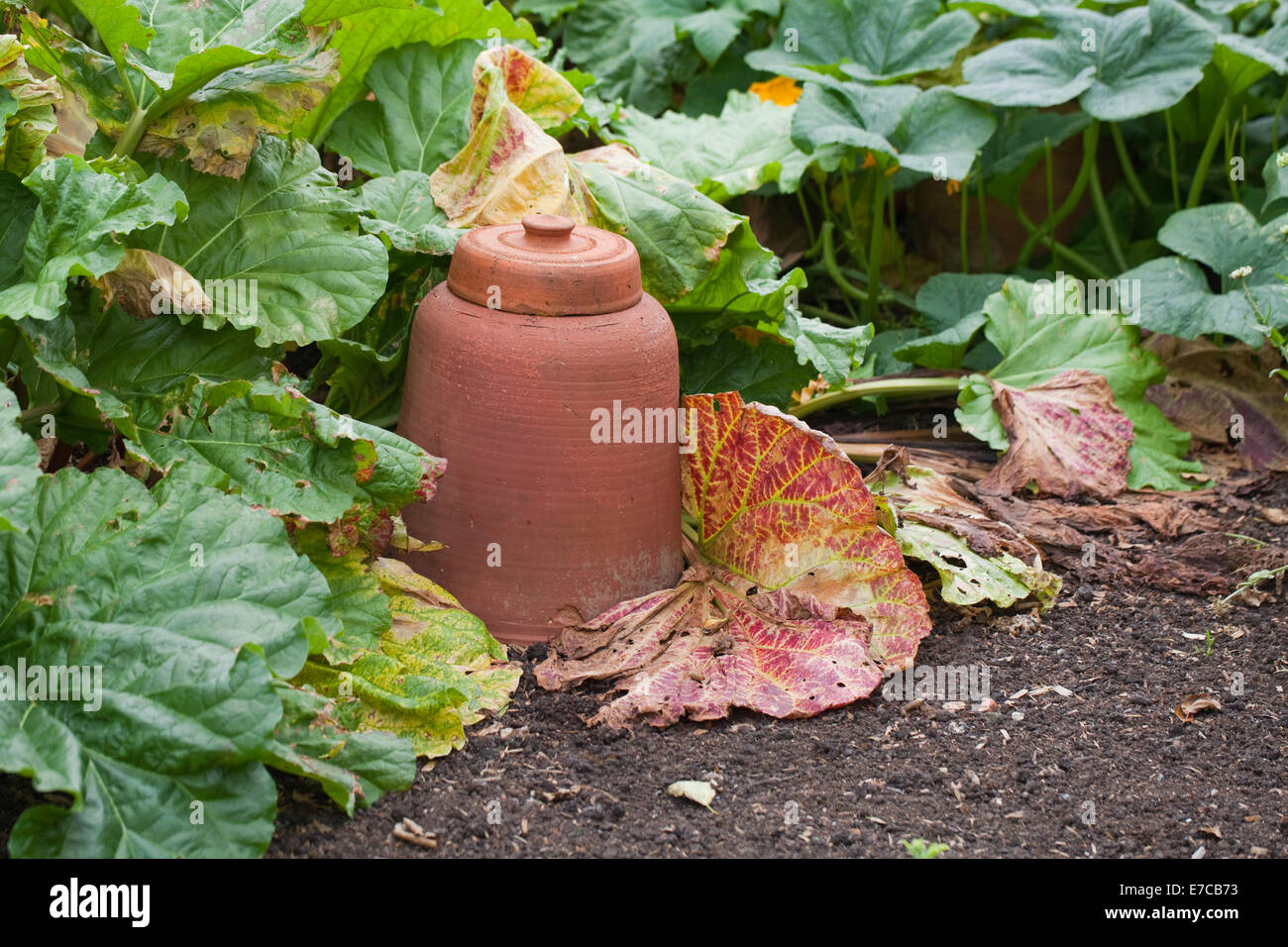 Rhubarb (Rheum rhaponticum). Ceramic, or fired clay pot especially made to cover a plant, thus depriving of light. Stock Photohttps://www.alamy.com/image-license-details/?v=1https://www.alamy.com/stock-photo-rhubarb-rheum-rhaponticum-ceramic-or-fired-clay-pot-especially-made-73416311.html
Rhubarb (Rheum rhaponticum). Ceramic, or fired clay pot especially made to cover a plant, thus depriving of light. Stock Photohttps://www.alamy.com/image-license-details/?v=1https://www.alamy.com/stock-photo-rhubarb-rheum-rhaponticum-ceramic-or-fired-clay-pot-especially-made-73416311.htmlRME7CB73–Rhubarb (Rheum rhaponticum). Ceramic, or fired clay pot especially made to cover a plant, thus depriving of light.
 American Axoloto salamander newt Stock Photohttps://www.alamy.com/image-license-details/?v=1https://www.alamy.com/stock-photo-american-axoloto-salamander-newt-40190774.html
American Axoloto salamander newt Stock Photohttps://www.alamy.com/image-license-details/?v=1https://www.alamy.com/stock-photo-american-axoloto-salamander-newt-40190774.htmlRFC9ARMP–American Axoloto salamander newt
 Cress seedlings response to no light and directional light, photo-tropism Stock Photohttps://www.alamy.com/image-license-details/?v=1https://www.alamy.com/stock-photo-cress-seedlings-response-to-no-light-and-directional-light-photo-tropism-28175924.html
Cress seedlings response to no light and directional light, photo-tropism Stock Photohttps://www.alamy.com/image-license-details/?v=1https://www.alamy.com/stock-photo-cress-seedlings-response-to-no-light-and-directional-light-photo-tropism-28175924.htmlRMBHREK0–Cress seedlings response to no light and directional light, photo-tropism
 salamander newt head Stock Photohttps://www.alamy.com/image-license-details/?v=1https://www.alamy.com/stock-photo-salamander-newt-head-50731918.html
salamander newt head Stock Photohttps://www.alamy.com/image-license-details/?v=1https://www.alamy.com/stock-photo-salamander-newt-head-50731918.htmlRFCXF126–salamander newt head
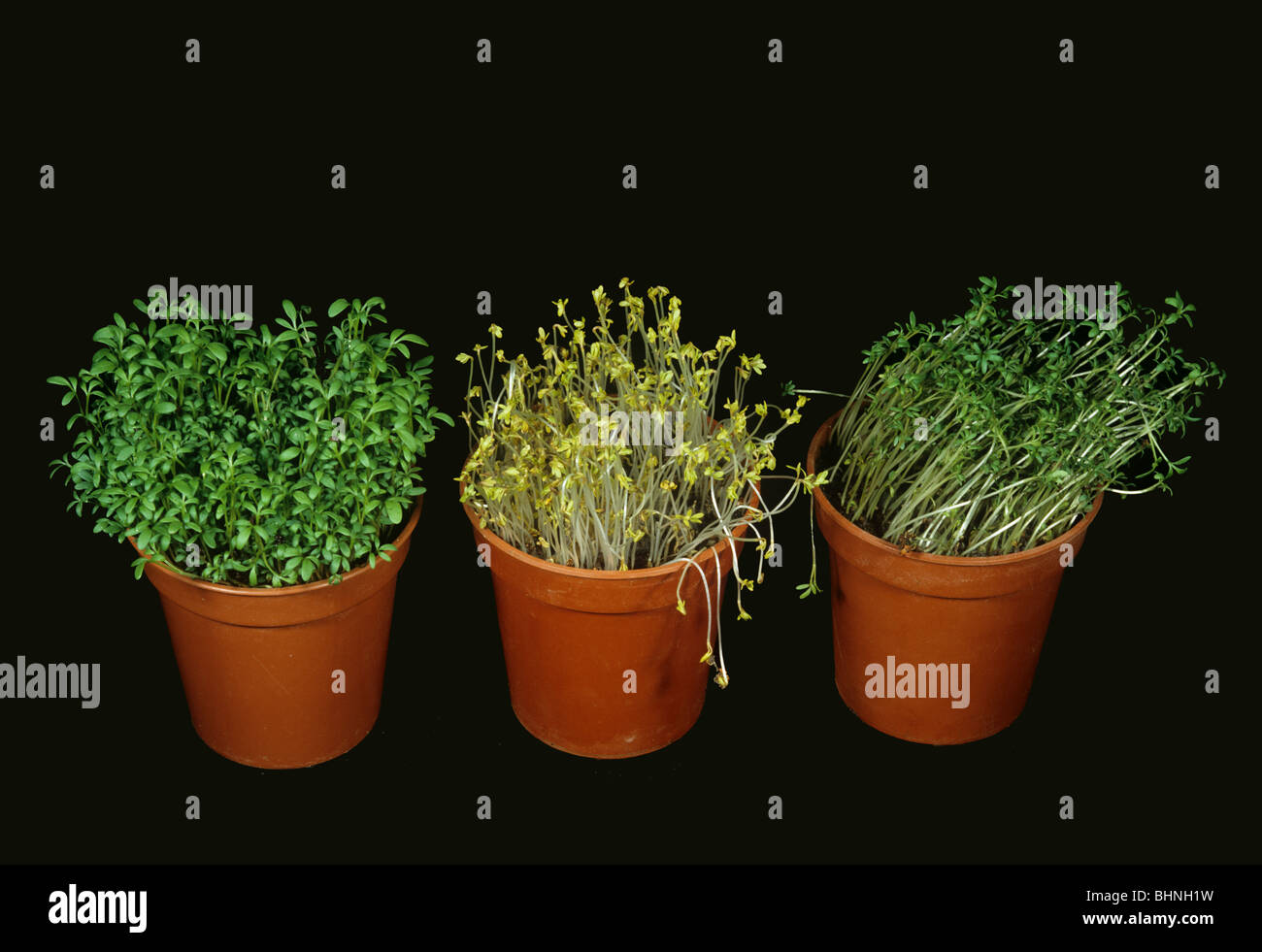 Response of cress to light direction and lack of light Stock Photohttps://www.alamy.com/image-license-details/?v=1https://www.alamy.com/stock-photo-response-of-cress-to-light-direction-and-lack-of-light-28133893.html
Response of cress to light direction and lack of light Stock Photohttps://www.alamy.com/image-license-details/?v=1https://www.alamy.com/stock-photo-response-of-cress-to-light-direction-and-lack-of-light-28133893.htmlRMBHNH1W–Response of cress to light direction and lack of light
 Green Rose Buds Greenovia, Echeveria Rubydona and Echeveria Pappys Rose from Asian parcel Stock Photohttps://www.alamy.com/image-license-details/?v=1https://www.alamy.com/green-rose-buds-greenovia-echeveria-rubydona-and-echeveria-pappys-rose-from-asian-parcel-image622497405.html
Green Rose Buds Greenovia, Echeveria Rubydona and Echeveria Pappys Rose from Asian parcel Stock Photohttps://www.alamy.com/image-license-details/?v=1https://www.alamy.com/green-rose-buds-greenovia-echeveria-rubydona-and-echeveria-pappys-rose-from-asian-parcel-image622497405.htmlRF2Y4N5P5–Green Rose Buds Greenovia, Echeveria Rubydona and Echeveria Pappys Rose from Asian parcel
 . Animal life as affected by the natural conditions of existence. Animal ecology. 88 THE INFLUENCE OF INANIMATE SURROUNDINGS. ento-parasites are quite, or almost quite, white, appears a striking proof of the accuracy of this statement. Even as lately as 1870 it was asserted by the celebrated French depute and physiologist, Paul Bert, that the larva? of the well-known Axolotl (fig. 24) were incapable of forming pigment when they were brought up under the influence of yellow light, and he unhappily designated this absence of the epidermal pigment as ' etiolation.' This term, as is well known, ha Stock Photohttps://www.alamy.com/image-license-details/?v=1https://www.alamy.com/animal-life-as-affected-by-the-natural-conditions-of-existence-animal-ecology-88-the-influence-of-inanimate-surroundings-ento-parasites-are-quite-or-almost-quite-white-appears-a-striking-proof-of-the-accuracy-of-this-statement-even-as-lately-as-1870-it-was-asserted-by-the-celebrated-french-depute-and-physiologist-paul-bert-that-the-larva-of-the-well-known-axolotl-fig-24-were-incapable-of-forming-pigment-when-they-were-brought-up-under-the-influence-of-yellow-light-and-he-unhappily-designated-this-absence-of-the-epidermal-pigment-as-etiolation-this-term-as-is-well-known-ha-image236753191.html
. Animal life as affected by the natural conditions of existence. Animal ecology. 88 THE INFLUENCE OF INANIMATE SURROUNDINGS. ento-parasites are quite, or almost quite, white, appears a striking proof of the accuracy of this statement. Even as lately as 1870 it was asserted by the celebrated French depute and physiologist, Paul Bert, that the larva? of the well-known Axolotl (fig. 24) were incapable of forming pigment when they were brought up under the influence of yellow light, and he unhappily designated this absence of the epidermal pigment as ' etiolation.' This term, as is well known, ha Stock Photohttps://www.alamy.com/image-license-details/?v=1https://www.alamy.com/animal-life-as-affected-by-the-natural-conditions-of-existence-animal-ecology-88-the-influence-of-inanimate-surroundings-ento-parasites-are-quite-or-almost-quite-white-appears-a-striking-proof-of-the-accuracy-of-this-statement-even-as-lately-as-1870-it-was-asserted-by-the-celebrated-french-depute-and-physiologist-paul-bert-that-the-larva-of-the-well-known-axolotl-fig-24-were-incapable-of-forming-pigment-when-they-were-brought-up-under-the-influence-of-yellow-light-and-he-unhappily-designated-this-absence-of-the-epidermal-pigment-as-etiolation-this-term-as-is-well-known-ha-image236753191.htmlRMRN5133–. Animal life as affected by the natural conditions of existence. Animal ecology. 88 THE INFLUENCE OF INANIMATE SURROUNDINGS. ento-parasites are quite, or almost quite, white, appears a striking proof of the accuracy of this statement. Even as lately as 1870 it was asserted by the celebrated French depute and physiologist, Paul Bert, that the larva? of the well-known Axolotl (fig. 24) were incapable of forming pigment when they were brought up under the influence of yellow light, and he unhappily designated this absence of the epidermal pigment as ' etiolation.' This term, as is well known, ha
 . Cyclopedia of farm crops : a popular survey of crops and crop-making methods in the United States and Canada. Agriculture -- Canada; Agriculture -- United States; Farm produce -- Canada; Farm produce -- United States. Muslin-covered plant house Experiment Station. will develop normal flowers or fruit, even when grown from bulbs or other storage organs, and a general effect of etiolation is usually apparent in the reduction of fruit- ing, while increased or continuous illumina- tion often hastens flowering or fruitage, or may lengthen the flowering period. How- ever, when there is only partia Stock Photohttps://www.alamy.com/image-license-details/?v=1https://www.alamy.com/cyclopedia-of-farm-crops-a-popular-survey-of-crops-and-crop-making-methods-in-the-united-states-and-canada-agriculture-canada-agriculture-united-states-farm-produce-canada-farm-produce-united-states-muslin-covered-plant-house-experiment-station-will-develop-normal-flowers-or-fruit-even-when-grown-from-bulbs-or-other-storage-organs-and-a-general-effect-of-etiolation-is-usually-apparent-in-the-reduction-of-fruit-ing-while-increased-or-continuous-illumina-tion-often-hastens-flowering-or-fruitage-or-may-lengthen-the-flowering-period-how-ever-when-there-is-only-partia-image216170170.html
. Cyclopedia of farm crops : a popular survey of crops and crop-making methods in the United States and Canada. Agriculture -- Canada; Agriculture -- United States; Farm produce -- Canada; Farm produce -- United States. Muslin-covered plant house Experiment Station. will develop normal flowers or fruit, even when grown from bulbs or other storage organs, and a general effect of etiolation is usually apparent in the reduction of fruit- ing, while increased or continuous illumina- tion often hastens flowering or fruitage, or may lengthen the flowering period. How- ever, when there is only partia Stock Photohttps://www.alamy.com/image-license-details/?v=1https://www.alamy.com/cyclopedia-of-farm-crops-a-popular-survey-of-crops-and-crop-making-methods-in-the-united-states-and-canada-agriculture-canada-agriculture-united-states-farm-produce-canada-farm-produce-united-states-muslin-covered-plant-house-experiment-station-will-develop-normal-flowers-or-fruit-even-when-grown-from-bulbs-or-other-storage-organs-and-a-general-effect-of-etiolation-is-usually-apparent-in-the-reduction-of-fruit-ing-while-increased-or-continuous-illumina-tion-often-hastens-flowering-or-fruitage-or-may-lengthen-the-flowering-period-how-ever-when-there-is-only-partia-image216170170.htmlRMPFKB76–. Cyclopedia of farm crops : a popular survey of crops and crop-making methods in the United States and Canada. Agriculture -- Canada; Agriculture -- United States; Farm produce -- Canada; Farm produce -- United States. Muslin-covered plant house Experiment Station. will develop normal flowers or fruit, even when grown from bulbs or other storage organs, and a general effect of etiolation is usually apparent in the reduction of fruit- ing, while increased or continuous illumina- tion often hastens flowering or fruitage, or may lengthen the flowering period. How- ever, when there is only partia
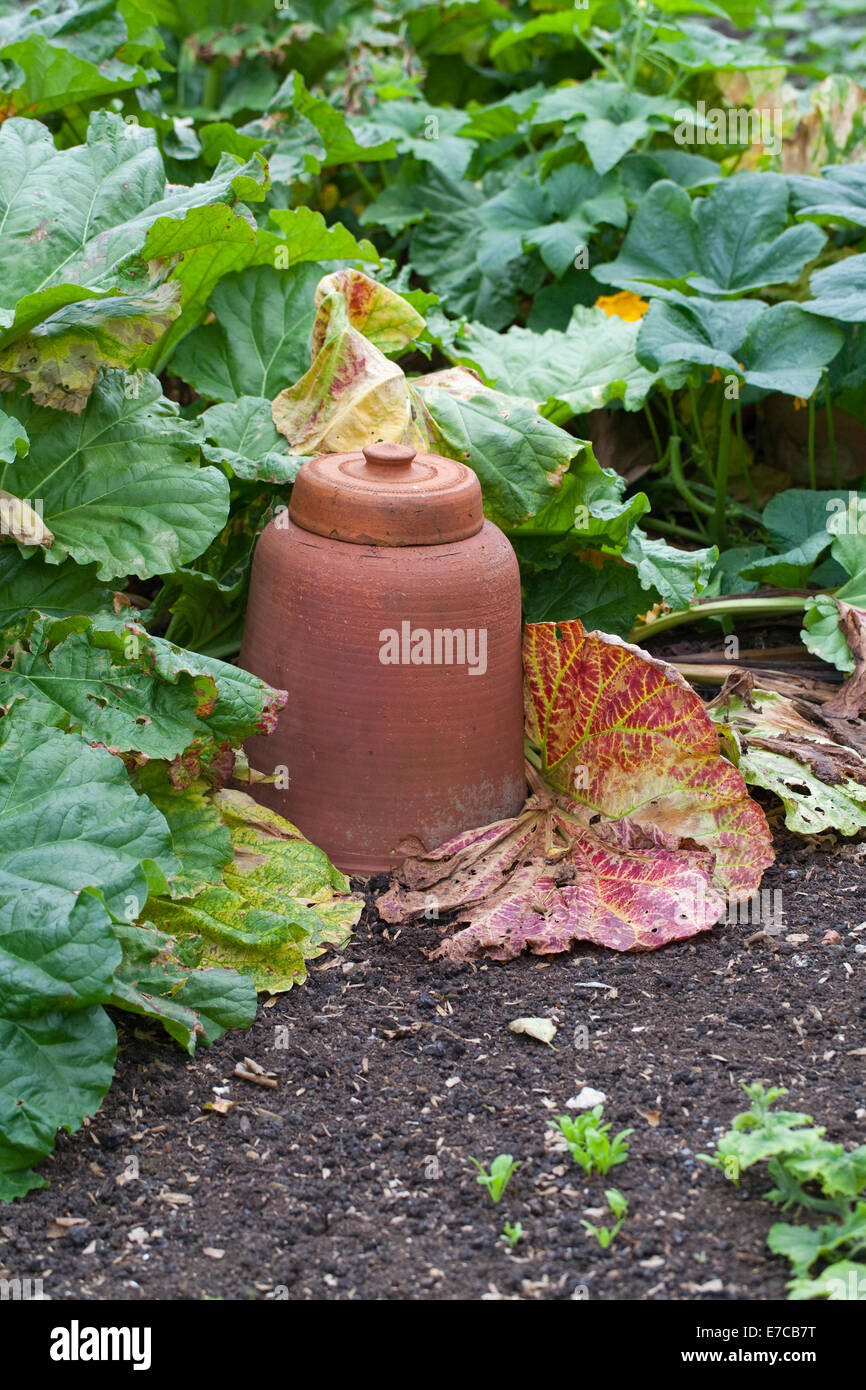 Rhubarb (Rheum rhaponticum). Ceramic, or fired clay pot especially made to cover a plant, thus depriving of light. Stock Photohttps://www.alamy.com/image-license-details/?v=1https://www.alamy.com/stock-photo-rhubarb-rheum-rhaponticum-ceramic-or-fired-clay-pot-especially-made-73416332.html
Rhubarb (Rheum rhaponticum). Ceramic, or fired clay pot especially made to cover a plant, thus depriving of light. Stock Photohttps://www.alamy.com/image-license-details/?v=1https://www.alamy.com/stock-photo-rhubarb-rheum-rhaponticum-ceramic-or-fired-clay-pot-especially-made-73416332.htmlRME7CB7T–Rhubarb (Rheum rhaponticum). Ceramic, or fired clay pot especially made to cover a plant, thus depriving of light.
 American Axoloto salamander newt Stock Photohttps://www.alamy.com/image-license-details/?v=1https://www.alamy.com/stock-photo-american-axoloto-salamander-newt-40190766.html
American Axoloto salamander newt Stock Photohttps://www.alamy.com/image-license-details/?v=1https://www.alamy.com/stock-photo-american-axoloto-salamander-newt-40190766.htmlRFC9ARME–American Axoloto salamander newt
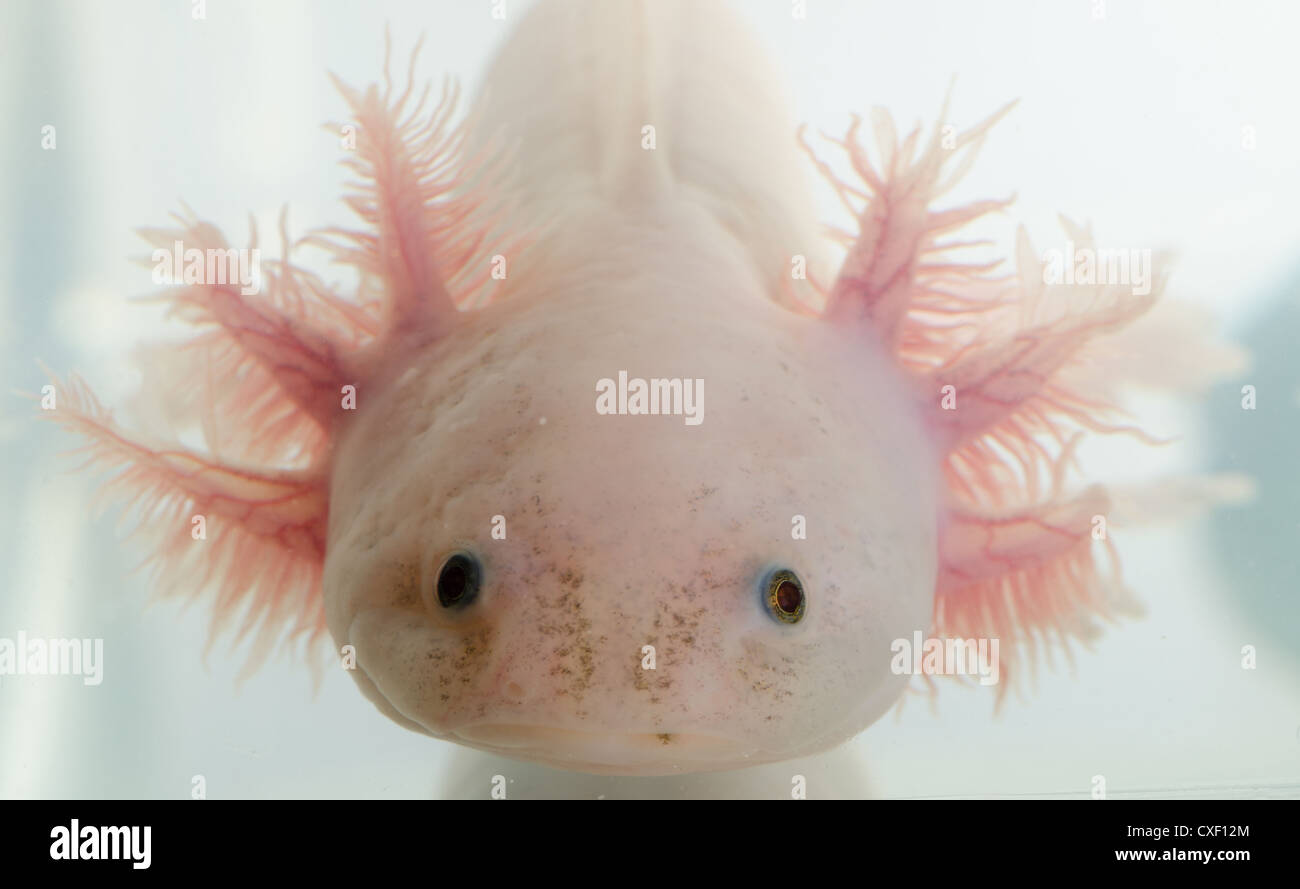 salamander newt head Stock Photohttps://www.alamy.com/image-license-details/?v=1https://www.alamy.com/stock-photo-salamander-newt-head-50731932.html
salamander newt head Stock Photohttps://www.alamy.com/image-license-details/?v=1https://www.alamy.com/stock-photo-salamander-newt-head-50731932.htmlRFCXF12M–salamander newt head
 Echeveria Lenore Dean, order flower in parcel Stock Photohttps://www.alamy.com/image-license-details/?v=1https://www.alamy.com/echeveria-lenore-dean-order-flower-in-parcel-image617537228.html
Echeveria Lenore Dean, order flower in parcel Stock Photohttps://www.alamy.com/image-license-details/?v=1https://www.alamy.com/echeveria-lenore-dean-order-flower-in-parcel-image617537228.htmlRF2XTK710–Echeveria Lenore Dean, order flower in parcel
 . Botany of the living plant. Botany. GROWTH AND MOVEMENT 123 the other in darkness, tlie former will show normal growth with a relatively short and compact form, and with expanded green leaves. The latter will show an abnormally elongated stem, while the leaf- blades are small, and the whole plant will be pale in colour. This condition is styled etiolation, and the length of the stem is due to the absence of the inhibitory influence of light. It has been found that the violet rays are the most effective, and that they have a retarding influence almost equal to that of full sunlight. (Fig. 85. Stock Photohttps://www.alamy.com/image-license-details/?v=1https://www.alamy.com/botany-of-the-living-plant-botany-growth-and-movement-123-the-other-in-darkness-tlie-former-will-show-normal-growth-with-a-relatively-short-and-compact-form-and-with-expanded-green-leaves-the-latter-will-show-an-abnormally-elongated-stem-while-the-leaf-blades-are-small-and-the-whole-plant-will-be-pale-in-colour-this-condition-is-styled-etiolation-and-the-length-of-the-stem-is-due-to-the-absence-of-the-inhibitory-influence-of-light-it-has-been-found-that-the-violet-rays-are-the-most-effective-and-that-they-have-a-retarding-influence-almost-equal-to-that-of-full-sunlight-fig-85-image232314014.html
. Botany of the living plant. Botany. GROWTH AND MOVEMENT 123 the other in darkness, tlie former will show normal growth with a relatively short and compact form, and with expanded green leaves. The latter will show an abnormally elongated stem, while the leaf- blades are small, and the whole plant will be pale in colour. This condition is styled etiolation, and the length of the stem is due to the absence of the inhibitory influence of light. It has been found that the violet rays are the most effective, and that they have a retarding influence almost equal to that of full sunlight. (Fig. 85. Stock Photohttps://www.alamy.com/image-license-details/?v=1https://www.alamy.com/botany-of-the-living-plant-botany-growth-and-movement-123-the-other-in-darkness-tlie-former-will-show-normal-growth-with-a-relatively-short-and-compact-form-and-with-expanded-green-leaves-the-latter-will-show-an-abnormally-elongated-stem-while-the-leaf-blades-are-small-and-the-whole-plant-will-be-pale-in-colour-this-condition-is-styled-etiolation-and-the-length-of-the-stem-is-due-to-the-absence-of-the-inhibitory-influence-of-light-it-has-been-found-that-the-violet-rays-are-the-most-effective-and-that-they-have-a-retarding-influence-almost-equal-to-that-of-full-sunlight-fig-85-image232314014.htmlRMRDXPW2–. Botany of the living plant. Botany. GROWTH AND MOVEMENT 123 the other in darkness, tlie former will show normal growth with a relatively short and compact form, and with expanded green leaves. The latter will show an abnormally elongated stem, while the leaf- blades are small, and the whole plant will be pale in colour. This condition is styled etiolation, and the length of the stem is due to the absence of the inhibitory influence of light. It has been found that the violet rays are the most effective, and that they have a retarding influence almost equal to that of full sunlight. (Fig. 85.
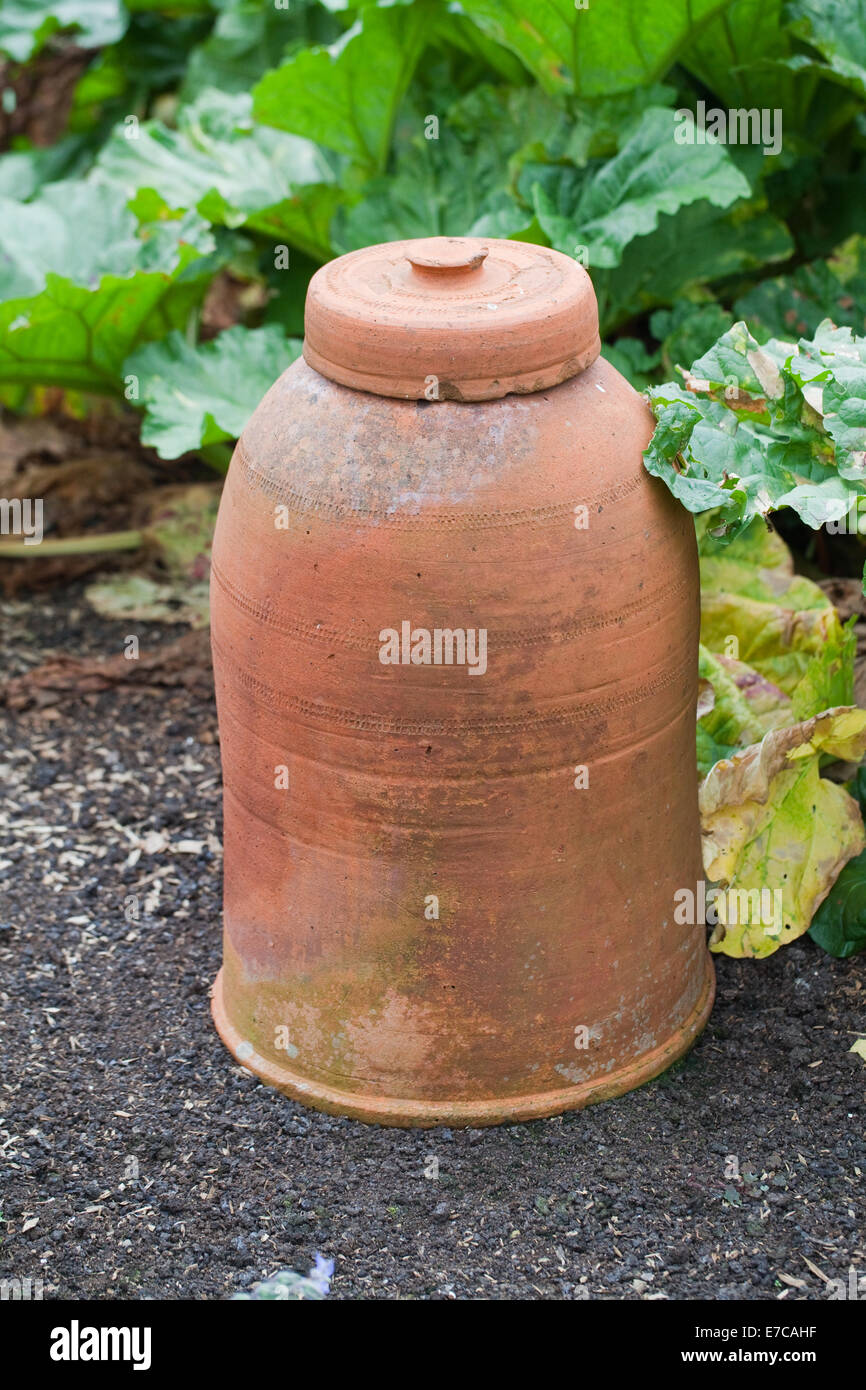 Rhubarb (Rheum rhaponticum). Ceramic, or fired clay pot especially made to cover a plant, thus depriving of light. Stock Photohttps://www.alamy.com/image-license-details/?v=1https://www.alamy.com/stock-photo-rhubarb-rheum-rhaponticum-ceramic-or-fired-clay-pot-especially-made-73415819.html
Rhubarb (Rheum rhaponticum). Ceramic, or fired clay pot especially made to cover a plant, thus depriving of light. Stock Photohttps://www.alamy.com/image-license-details/?v=1https://www.alamy.com/stock-photo-rhubarb-rheum-rhaponticum-ceramic-or-fired-clay-pot-especially-made-73415819.htmlRME7CAHF–Rhubarb (Rheum rhaponticum). Ceramic, or fired clay pot especially made to cover a plant, thus depriving of light.
 American Axoloto salamander newt Stock Photohttps://www.alamy.com/image-license-details/?v=1https://www.alamy.com/stock-photo-american-axoloto-salamander-newt-40190757.html
American Axoloto salamander newt Stock Photohttps://www.alamy.com/image-license-details/?v=1https://www.alamy.com/stock-photo-american-axoloto-salamander-newt-40190757.htmlRFC9ARM5–American Axoloto salamander newt
 American Axoloto salamander newt Stock Photohttps://www.alamy.com/image-license-details/?v=1https://www.alamy.com/stock-photo-american-axoloto-salamander-newt-40190595.html
American Axoloto salamander newt Stock Photohttps://www.alamy.com/image-license-details/?v=1https://www.alamy.com/stock-photo-american-axoloto-salamander-newt-40190595.htmlRFC9AREB–American Axoloto salamander newt
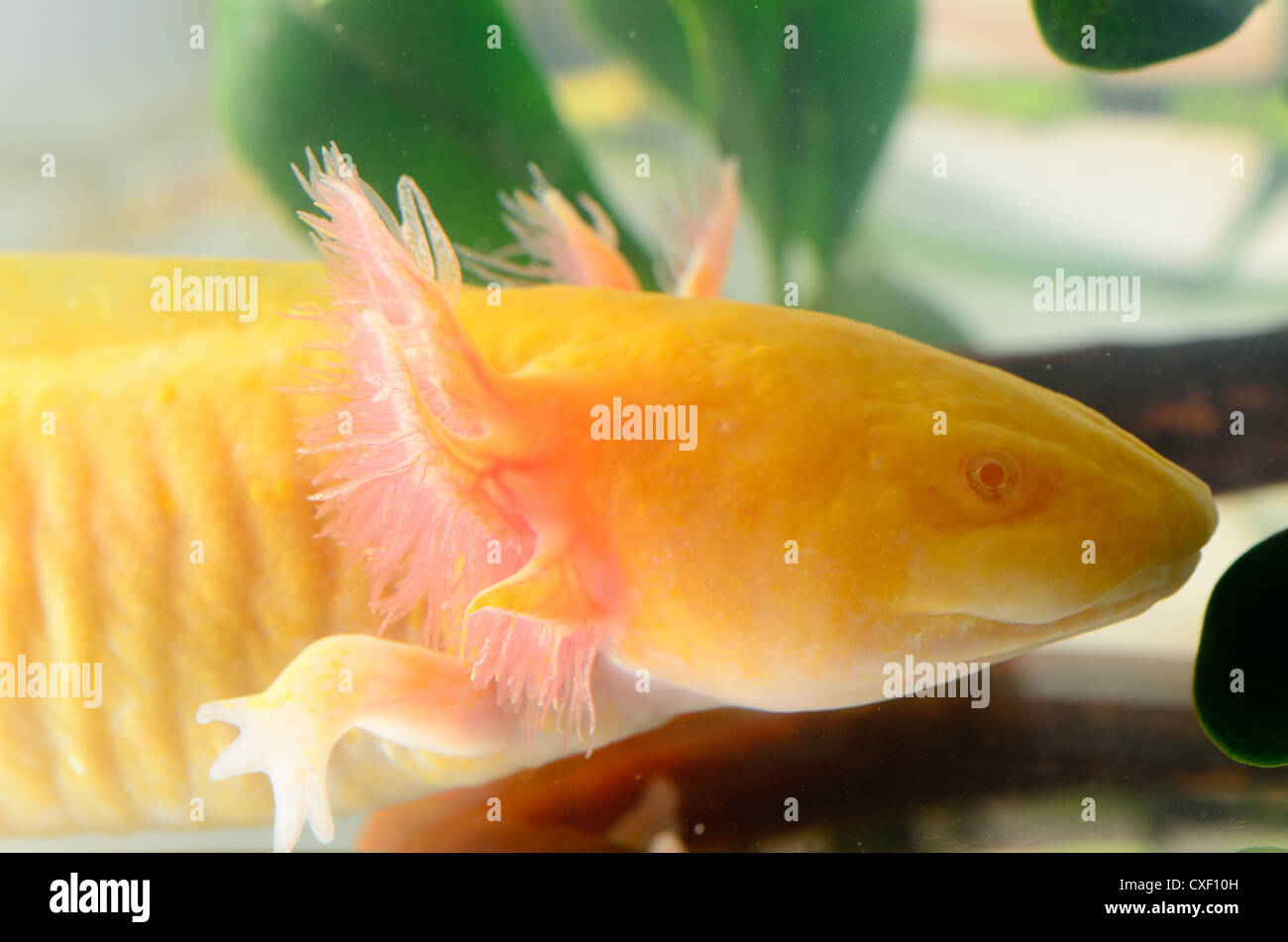 salamander newt head Stock Photohttps://www.alamy.com/image-license-details/?v=1https://www.alamy.com/stock-photo-salamander-newt-head-50731873.html
salamander newt head Stock Photohttps://www.alamy.com/image-license-details/?v=1https://www.alamy.com/stock-photo-salamander-newt-head-50731873.htmlRFCXF10H–salamander newt head
 Parcel with succulent flowers. Echeveria with elongated stem and dried leaves Stock Photohttps://www.alamy.com/image-license-details/?v=1https://www.alamy.com/parcel-with-succulent-flowers-echeveria-with-elongated-stem-and-dried-leaves-image619370098.html
Parcel with succulent flowers. Echeveria with elongated stem and dried leaves Stock Photohttps://www.alamy.com/image-license-details/?v=1https://www.alamy.com/parcel-with-succulent-flowers-echeveria-with-elongated-stem-and-dried-leaves-image619370098.htmlRF2XYJMTJ–Parcel with succulent flowers. Echeveria with elongated stem and dried leaves
 . Botany; principles and problems. Botany. 160 BOTANY: PRINCIPLES AND PROBLEMS structure of parts may be so modified that as small a surface as possible is exposed to light when it becomes very bright. In some. Fig. 78.—Etiolation. The two bean seedlings are of the same age but the one at the right was grown under normal illumination, the one at the left, in darkness. Note the longer internodes, the paler color, and the poorer leaf-development of the darkened plant. species, for example, the broad surface of the blade is exposed to light of moderate intensity but only the edge to very bright i Stock Photohttps://www.alamy.com/image-license-details/?v=1https://www.alamy.com/botany-principles-and-problems-botany-160-botany-principles-and-problems-structure-of-parts-may-be-so-modified-that-as-small-a-surface-as-possible-is-exposed-to-light-when-it-becomes-very-bright-in-some-fig-78etiolation-the-two-bean-seedlings-are-of-the-same-age-but-the-one-at-the-right-was-grown-under-normal-illumination-the-one-at-the-left-in-darkness-note-the-longer-internodes-the-paler-color-and-the-poorer-leaf-development-of-the-darkened-plant-species-for-example-the-broad-surface-of-the-blade-is-exposed-to-light-of-moderate-intensity-but-only-the-edge-to-very-bright-i-image234372957.html
. Botany; principles and problems. Botany. 160 BOTANY: PRINCIPLES AND PROBLEMS structure of parts may be so modified that as small a surface as possible is exposed to light when it becomes very bright. In some. Fig. 78.—Etiolation. The two bean seedlings are of the same age but the one at the right was grown under normal illumination, the one at the left, in darkness. Note the longer internodes, the paler color, and the poorer leaf-development of the darkened plant. species, for example, the broad surface of the blade is exposed to light of moderate intensity but only the edge to very bright i Stock Photohttps://www.alamy.com/image-license-details/?v=1https://www.alamy.com/botany-principles-and-problems-botany-160-botany-principles-and-problems-structure-of-parts-may-be-so-modified-that-as-small-a-surface-as-possible-is-exposed-to-light-when-it-becomes-very-bright-in-some-fig-78etiolation-the-two-bean-seedlings-are-of-the-same-age-but-the-one-at-the-right-was-grown-under-normal-illumination-the-one-at-the-left-in-darkness-note-the-longer-internodes-the-paler-color-and-the-poorer-leaf-development-of-the-darkened-plant-species-for-example-the-broad-surface-of-the-blade-is-exposed-to-light-of-moderate-intensity-but-only-the-edge-to-very-bright-i-image234372957.htmlRMRH8H2N–. Botany; principles and problems. Botany. 160 BOTANY: PRINCIPLES AND PROBLEMS structure of parts may be so modified that as small a surface as possible is exposed to light when it becomes very bright. In some. Fig. 78.—Etiolation. The two bean seedlings are of the same age but the one at the right was grown under normal illumination, the one at the left, in darkness. Note the longer internodes, the paler color, and the poorer leaf-development of the darkened plant. species, for example, the broad surface of the blade is exposed to light of moderate intensity but only the edge to very bright i
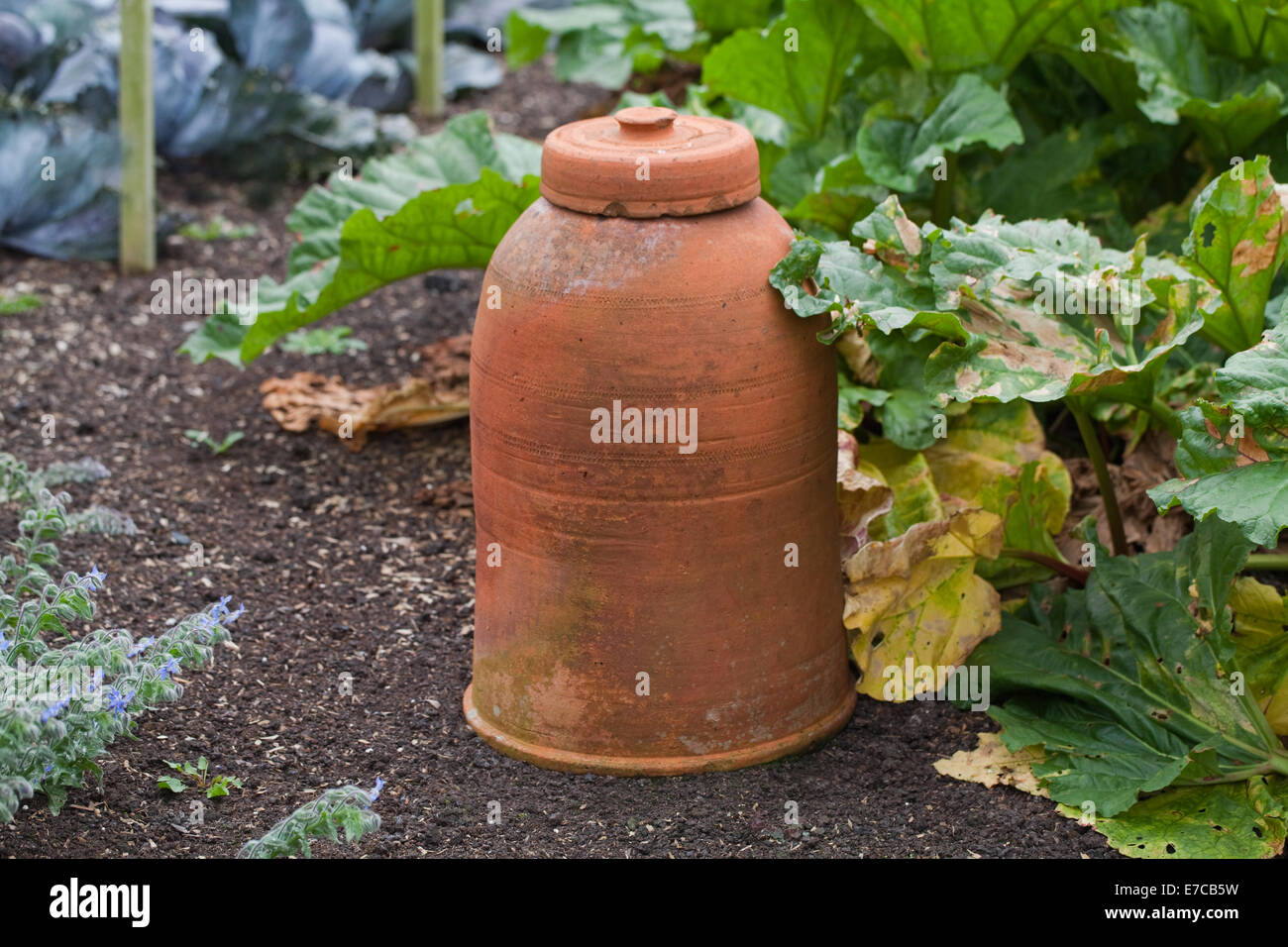 Rhubarb (Rheum rhaponticum). Ceramic, or fired clay pot especially made to cover a plant, thus depriving of light. Stock Photohttps://www.alamy.com/image-license-details/?v=1https://www.alamy.com/stock-photo-rhubarb-rheum-rhaponticum-ceramic-or-fired-clay-pot-especially-made-73416277.html
Rhubarb (Rheum rhaponticum). Ceramic, or fired clay pot especially made to cover a plant, thus depriving of light. Stock Photohttps://www.alamy.com/image-license-details/?v=1https://www.alamy.com/stock-photo-rhubarb-rheum-rhaponticum-ceramic-or-fired-clay-pot-especially-made-73416277.htmlRME7CB5W–Rhubarb (Rheum rhaponticum). Ceramic, or fired clay pot especially made to cover a plant, thus depriving of light.
 American Axoloto salamander newt Stock Photohttps://www.alamy.com/image-license-details/?v=1https://www.alamy.com/stock-photo-american-axoloto-salamander-newt-40190590.html
American Axoloto salamander newt Stock Photohttps://www.alamy.com/image-license-details/?v=1https://www.alamy.com/stock-photo-american-axoloto-salamander-newt-40190590.htmlRFC9ARE6–American Axoloto salamander newt
 albefaction American Axoloto salamander newt Stock Photohttps://www.alamy.com/image-license-details/?v=1https://www.alamy.com/stock-photo-albefaction-american-axoloto-salamander-newt-50731950.html
albefaction American Axoloto salamander newt Stock Photohttps://www.alamy.com/image-license-details/?v=1https://www.alamy.com/stock-photo-albefaction-american-axoloto-salamander-newt-50731950.htmlRFCXF13A–albefaction American Axoloto salamander newt
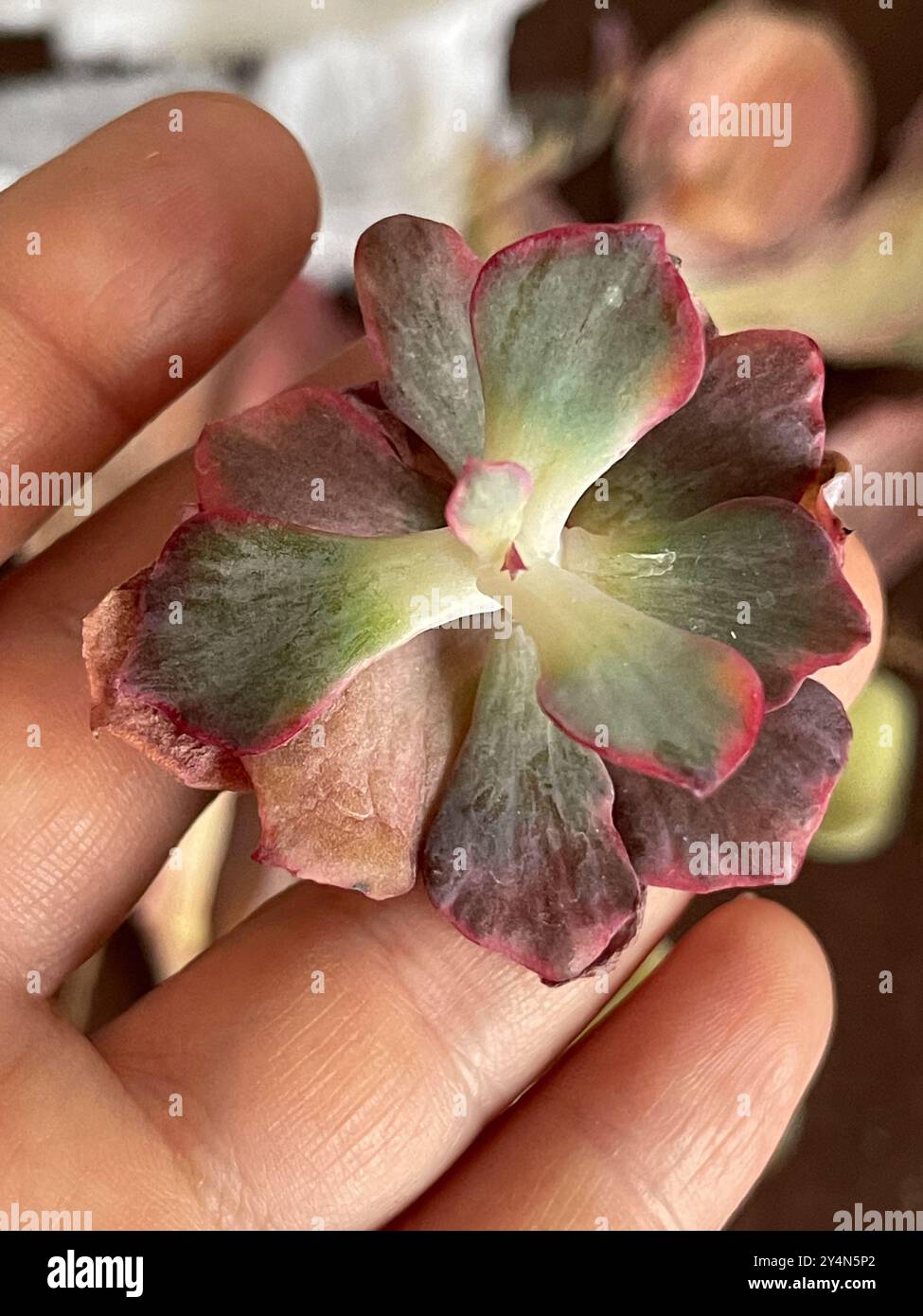 Echeveria with elongated stem and dried leaves after parcel Stock Photohttps://www.alamy.com/image-license-details/?v=1https://www.alamy.com/echeveria-with-elongated-stem-and-dried-leaves-after-parcel-image622497402.html
Echeveria with elongated stem and dried leaves after parcel Stock Photohttps://www.alamy.com/image-license-details/?v=1https://www.alamy.com/echeveria-with-elongated-stem-and-dried-leaves-after-parcel-image622497402.htmlRF2Y4N5P2–Echeveria with elongated stem and dried leaves after parcel
 . Botany of the living plant. Botany. GROWTH AND MOVEMENT 123 the other in darkness, the formerJwill [show normal growth with a relatively short and compact form, and with expanded green leaves. The latter will show an abnormally elongated stem, while the leaf- blades are small, and the whole plant will be pale in colour. This condition is styled etiolation, and the length of the stem is due to the absence of the inhibitory influence of light. It has been found that the violet rays are the most effective, and that they have a retarding influence almost equal to that of full sunlight. (Fig. 85. Stock Photohttps://www.alamy.com/image-license-details/?v=1https://www.alamy.com/botany-of-the-living-plant-botany-growth-and-movement-123-the-other-in-darkness-the-formerjwill-show-normal-growth-with-a-relatively-short-and-compact-form-and-with-expanded-green-leaves-the-latter-will-show-an-abnormally-elongated-stem-while-the-leaf-blades-are-small-and-the-whole-plant-will-be-pale-in-colour-this-condition-is-styled-etiolation-and-the-length-of-the-stem-is-due-to-the-absence-of-the-inhibitory-influence-of-light-it-has-been-found-that-the-violet-rays-are-the-most-effective-and-that-they-have-a-retarding-influence-almost-equal-to-that-of-full-sunlight-fig-85-image234373106.html
. Botany of the living plant. Botany. GROWTH AND MOVEMENT 123 the other in darkness, the formerJwill [show normal growth with a relatively short and compact form, and with expanded green leaves. The latter will show an abnormally elongated stem, while the leaf- blades are small, and the whole plant will be pale in colour. This condition is styled etiolation, and the length of the stem is due to the absence of the inhibitory influence of light. It has been found that the violet rays are the most effective, and that they have a retarding influence almost equal to that of full sunlight. (Fig. 85. Stock Photohttps://www.alamy.com/image-license-details/?v=1https://www.alamy.com/botany-of-the-living-plant-botany-growth-and-movement-123-the-other-in-darkness-the-formerjwill-show-normal-growth-with-a-relatively-short-and-compact-form-and-with-expanded-green-leaves-the-latter-will-show-an-abnormally-elongated-stem-while-the-leaf-blades-are-small-and-the-whole-plant-will-be-pale-in-colour-this-condition-is-styled-etiolation-and-the-length-of-the-stem-is-due-to-the-absence-of-the-inhibitory-influence-of-light-it-has-been-found-that-the-violet-rays-are-the-most-effective-and-that-they-have-a-retarding-influence-almost-equal-to-that-of-full-sunlight-fig-85-image234373106.htmlRMRH8H82–. Botany of the living plant. Botany. GROWTH AND MOVEMENT 123 the other in darkness, the formerJwill [show normal growth with a relatively short and compact form, and with expanded green leaves. The latter will show an abnormally elongated stem, while the leaf- blades are small, and the whole plant will be pale in colour. This condition is styled etiolation, and the length of the stem is due to the absence of the inhibitory influence of light. It has been found that the violet rays are the most effective, and that they have a retarding influence almost equal to that of full sunlight. (Fig. 85.
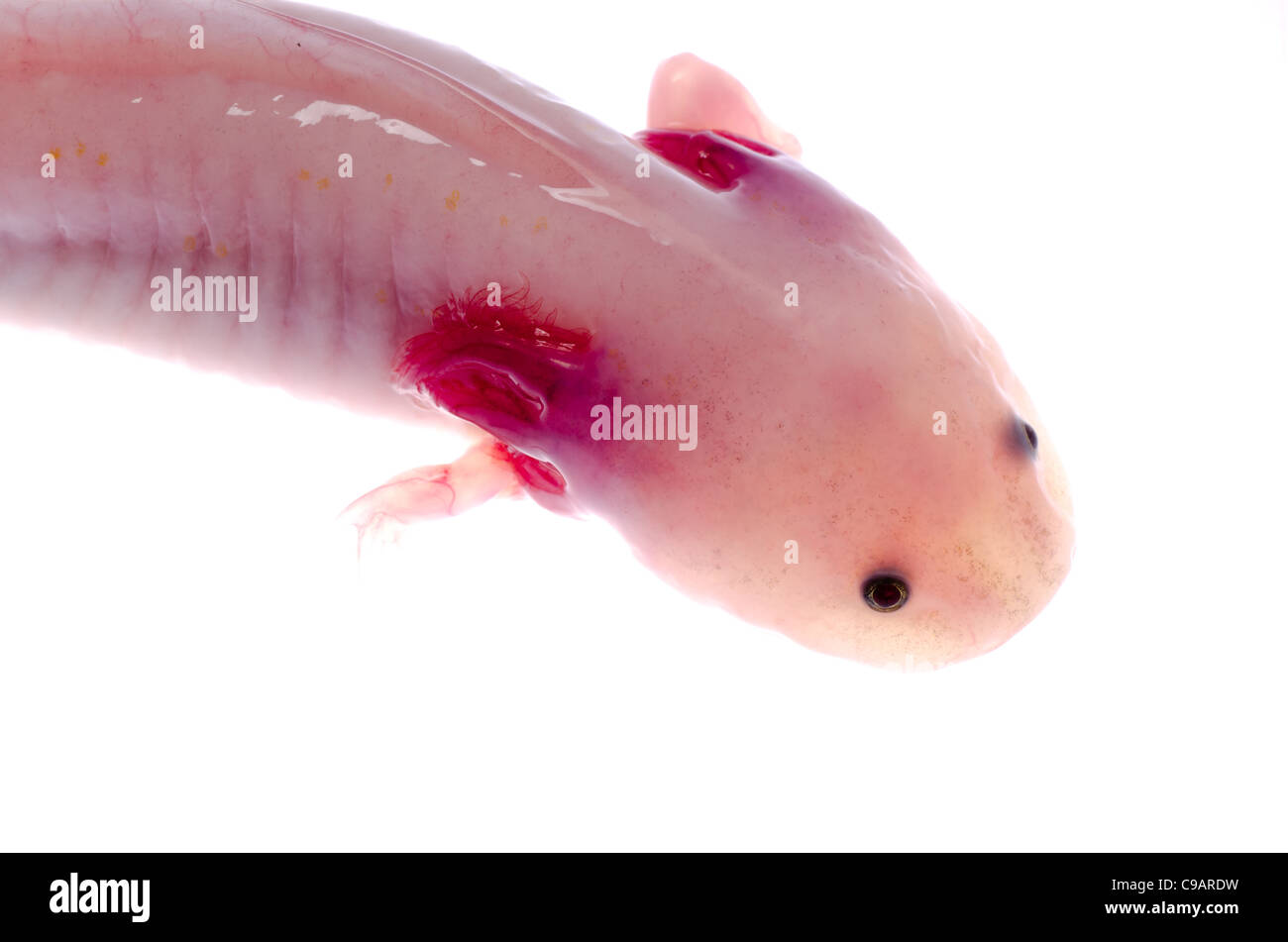 American Axoloto salamander newt Stock Photohttps://www.alamy.com/image-license-details/?v=1https://www.alamy.com/stock-photo-american-axoloto-salamander-newt-40190581.html
American Axoloto salamander newt Stock Photohttps://www.alamy.com/image-license-details/?v=1https://www.alamy.com/stock-photo-american-axoloto-salamander-newt-40190581.htmlRFC9ARDW–American Axoloto salamander newt
 albefaction American Axoloto salamander newt Stock Photohttps://www.alamy.com/image-license-details/?v=1https://www.alamy.com/stock-photo-albefaction-american-axoloto-salamander-newt-50731910.html
albefaction American Axoloto salamander newt Stock Photohttps://www.alamy.com/image-license-details/?v=1https://www.alamy.com/stock-photo-albefaction-american-axoloto-salamander-newt-50731910.htmlRFCXF11X–albefaction American Axoloto salamander newt
 Rot flower Echeveria plant, order flower in parcel Stock Photohttps://www.alamy.com/image-license-details/?v=1https://www.alamy.com/rot-flower-echeveria-plant-order-flower-in-parcel-image617537234.html
Rot flower Echeveria plant, order flower in parcel Stock Photohttps://www.alamy.com/image-license-details/?v=1https://www.alamy.com/rot-flower-echeveria-plant-order-flower-in-parcel-image617537234.htmlRF2XTK716–Rot flower Echeveria plant, order flower in parcel
 . Practical text-book of plant physiology. Plant physiology. ETIOLATION OF SESSILE LEAVES 117 Force the temperature as above. Note the development of both plants in light and in darkness. 177. Etiolation of Leaves with Parallel Veins. Secure a num- ber of bulbs of Narcissus, or some similar plant, and force in dark room or greenhouse in January or February. Compare the size, form and structure of the normal and etiolated specimens. Compare also the flowers in the two demonstrations. The tender organs of the etiolated specimens should be supported in order not to suffer damage by bending from t Stock Photohttps://www.alamy.com/image-license-details/?v=1https://www.alamy.com/practical-text-book-of-plant-physiology-plant-physiology-etiolation-of-sessile-leaves-117-force-the-temperature-as-above-note-the-development-of-both-plants-in-light-and-in-darkness-177-etiolation-of-leaves-with-parallel-veins-secure-a-num-ber-of-bulbs-of-narcissus-or-some-similar-plant-and-force-in-dark-room-or-greenhouse-in-january-or-february-compare-the-size-form-and-structure-of-the-normal-and-etiolated-specimens-compare-also-the-flowers-in-the-two-demonstrations-the-tender-organs-of-the-etiolated-specimens-should-be-supported-in-order-not-to-suffer-damage-by-bending-from-t-image232417355.html
. Practical text-book of plant physiology. Plant physiology. ETIOLATION OF SESSILE LEAVES 117 Force the temperature as above. Note the development of both plants in light and in darkness. 177. Etiolation of Leaves with Parallel Veins. Secure a num- ber of bulbs of Narcissus, or some similar plant, and force in dark room or greenhouse in January or February. Compare the size, form and structure of the normal and etiolated specimens. Compare also the flowers in the two demonstrations. The tender organs of the etiolated specimens should be supported in order not to suffer damage by bending from t Stock Photohttps://www.alamy.com/image-license-details/?v=1https://www.alamy.com/practical-text-book-of-plant-physiology-plant-physiology-etiolation-of-sessile-leaves-117-force-the-temperature-as-above-note-the-development-of-both-plants-in-light-and-in-darkness-177-etiolation-of-leaves-with-parallel-veins-secure-a-num-ber-of-bulbs-of-narcissus-or-some-similar-plant-and-force-in-dark-room-or-greenhouse-in-january-or-february-compare-the-size-form-and-structure-of-the-normal-and-etiolated-specimens-compare-also-the-flowers-in-the-two-demonstrations-the-tender-organs-of-the-etiolated-specimens-should-be-supported-in-order-not-to-suffer-damage-by-bending-from-t-image232417355.htmlRMRE3EKR–. Practical text-book of plant physiology. Plant physiology. ETIOLATION OF SESSILE LEAVES 117 Force the temperature as above. Note the development of both plants in light and in darkness. 177. Etiolation of Leaves with Parallel Veins. Secure a num- ber of bulbs of Narcissus, or some similar plant, and force in dark room or greenhouse in January or February. Compare the size, form and structure of the normal and etiolated specimens. Compare also the flowers in the two demonstrations. The tender organs of the etiolated specimens should be supported in order not to suffer damage by bending from t
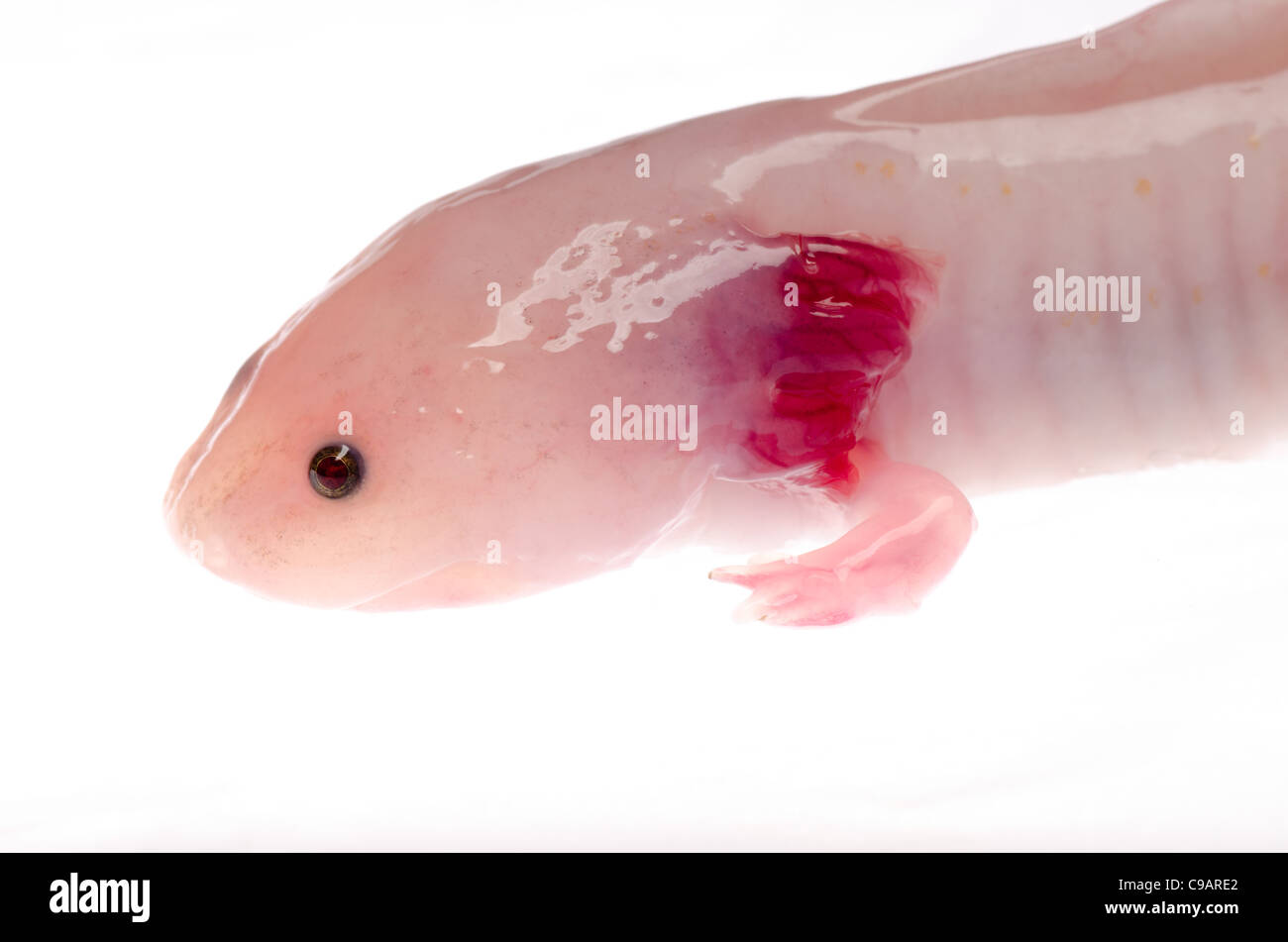 American Axoloto salamander newt Stock Photohttps://www.alamy.com/image-license-details/?v=1https://www.alamy.com/stock-photo-american-axoloto-salamander-newt-40190586.html
American Axoloto salamander newt Stock Photohttps://www.alamy.com/image-license-details/?v=1https://www.alamy.com/stock-photo-american-axoloto-salamander-newt-40190586.htmlRFC9ARE2–American Axoloto salamander newt
 albefaction American Axoloto salamander newt isolated on white Stock Photohttps://www.alamy.com/image-license-details/?v=1https://www.alamy.com/stock-photo-albefaction-american-axoloto-salamander-newt-isolated-on-white-50731871.html
albefaction American Axoloto salamander newt isolated on white Stock Photohttps://www.alamy.com/image-license-details/?v=1https://www.alamy.com/stock-photo-albefaction-american-axoloto-salamander-newt-isolated-on-white-50731871.htmlRFCXF10F–albefaction American Axoloto salamander newt isolated on white
 Succulents Pest and Diseases. Echeveria flowers Stock Photohttps://www.alamy.com/image-license-details/?v=1https://www.alamy.com/succulents-pest-and-diseases-echeveria-flowers-image619378953.html
Succulents Pest and Diseases. Echeveria flowers Stock Photohttps://www.alamy.com/image-license-details/?v=1https://www.alamy.com/succulents-pest-and-diseases-echeveria-flowers-image619378953.htmlRF2XYK44W–Succulents Pest and Diseases. Echeveria flowers
 . Plant physiology. Plant physiology. INFLUENCE OF EXTERNAL CONDITIONS ON GROWTH 253 form of this region is brought about when these plants are grown in continuous darkness. PhyUocactus, which produces flat, leaf-Uke stems and branches under usual conditions, forms slender, cylindrical internodes in continuous darkness.* When darkness produces etiolation the anatomical structure of etiolated plants is also different from that of the same forms grown in light; the dark-grown individuals are charac- terized by exceptionally well-de- veloped thin-walled parenchyma, by exceptionally thin cuticle, Stock Photohttps://www.alamy.com/image-license-details/?v=1https://www.alamy.com/plant-physiology-plant-physiology-influence-of-external-conditions-on-growth-253-form-of-this-region-is-brought-about-when-these-plants-are-grown-in-continuous-darkness-phyuocactus-which-produces-flat-leaf-uke-stems-and-branches-under-usual-conditions-forms-slender-cylindrical-internodes-in-continuous-darkness-when-darkness-produces-etiolation-the-anatomical-structure-of-etiolated-plants-is-also-different-from-that-of-the-same-forms-grown-in-light-the-dark-grown-individuals-are-charac-terized-by-exceptionally-well-de-veloped-thin-walled-parenchyma-by-exceptionally-thin-cuticle-image232330364.html
. Plant physiology. Plant physiology. INFLUENCE OF EXTERNAL CONDITIONS ON GROWTH 253 form of this region is brought about when these plants are grown in continuous darkness. PhyUocactus, which produces flat, leaf-Uke stems and branches under usual conditions, forms slender, cylindrical internodes in continuous darkness.* When darkness produces etiolation the anatomical structure of etiolated plants is also different from that of the same forms grown in light; the dark-grown individuals are charac- terized by exceptionally well-de- veloped thin-walled parenchyma, by exceptionally thin cuticle, Stock Photohttps://www.alamy.com/image-license-details/?v=1https://www.alamy.com/plant-physiology-plant-physiology-influence-of-external-conditions-on-growth-253-form-of-this-region-is-brought-about-when-these-plants-are-grown-in-continuous-darkness-phyuocactus-which-produces-flat-leaf-uke-stems-and-branches-under-usual-conditions-forms-slender-cylindrical-internodes-in-continuous-darkness-when-darkness-produces-etiolation-the-anatomical-structure-of-etiolated-plants-is-also-different-from-that-of-the-same-forms-grown-in-light-the-dark-grown-individuals-are-charac-terized-by-exceptionally-well-de-veloped-thin-walled-parenchyma-by-exceptionally-thin-cuticle-image232330364.htmlRMRDYFN0–. Plant physiology. Plant physiology. INFLUENCE OF EXTERNAL CONDITIONS ON GROWTH 253 form of this region is brought about when these plants are grown in continuous darkness. PhyUocactus, which produces flat, leaf-Uke stems and branches under usual conditions, forms slender, cylindrical internodes in continuous darkness.* When darkness produces etiolation the anatomical structure of etiolated plants is also different from that of the same forms grown in light; the dark-grown individuals are charac- terized by exceptionally well-de- veloped thin-walled parenchyma, by exceptionally thin cuticle,
 Sick echeveria succulent flower. Echeveria with pale colorless leaves and elongated stem Stock Photohttps://www.alamy.com/image-license-details/?v=1https://www.alamy.com/sick-echeveria-succulent-flower-echeveria-with-pale-colorless-leaves-and-elongated-stem-image619370102.html
Sick echeveria succulent flower. Echeveria with pale colorless leaves and elongated stem Stock Photohttps://www.alamy.com/image-license-details/?v=1https://www.alamy.com/sick-echeveria-succulent-flower-echeveria-with-pale-colorless-leaves-and-elongated-stem-image619370102.htmlRF2XYJMTP–Sick echeveria succulent flower. Echeveria with pale colorless leaves and elongated stem
 . Carnegie Institution of Washington publication. cobb's disease op sugar-cane. 19 white or pale stripes appeared as secondary signs in the uninoeulated leaves of the same shoot and in young shoots from stools bearing inoculated diseased canes. Etiolation has been less marked in the other varieties tested, but they have in every case been more resistant to the disease. All of these conclusions are based upon pure-culture inoculations made in Washington hot-houses, the writer never having seen the disease in the field. Since premature development of the male in- florescence is one of the striki Stock Photohttps://www.alamy.com/image-license-details/?v=1https://www.alamy.com/carnegie-institution-of-washington-publication-cobbs-disease-op-sugar-cane-19-white-or-pale-stripes-appeared-as-secondary-signs-in-the-uninoeulated-leaves-of-the-same-shoot-and-in-young-shoots-from-stools-bearing-inoculated-diseased-canes-etiolation-has-been-less-marked-in-the-other-varieties-tested-but-they-have-in-every-case-been-more-resistant-to-the-disease-all-of-these-conclusions-are-based-upon-pure-culture-inoculations-made-in-washington-hot-houses-the-writer-never-having-seen-the-disease-in-the-field-since-premature-development-of-the-male-in-florescence-is-one-of-the-striki-image233406818.html
. Carnegie Institution of Washington publication. cobb's disease op sugar-cane. 19 white or pale stripes appeared as secondary signs in the uninoeulated leaves of the same shoot and in young shoots from stools bearing inoculated diseased canes. Etiolation has been less marked in the other varieties tested, but they have in every case been more resistant to the disease. All of these conclusions are based upon pure-culture inoculations made in Washington hot-houses, the writer never having seen the disease in the field. Since premature development of the male in- florescence is one of the striki Stock Photohttps://www.alamy.com/image-license-details/?v=1https://www.alamy.com/carnegie-institution-of-washington-publication-cobbs-disease-op-sugar-cane-19-white-or-pale-stripes-appeared-as-secondary-signs-in-the-uninoeulated-leaves-of-the-same-shoot-and-in-young-shoots-from-stools-bearing-inoculated-diseased-canes-etiolation-has-been-less-marked-in-the-other-varieties-tested-but-they-have-in-every-case-been-more-resistant-to-the-disease-all-of-these-conclusions-are-based-upon-pure-culture-inoculations-made-in-washington-hot-houses-the-writer-never-having-seen-the-disease-in-the-field-since-premature-development-of-the-male-in-florescence-is-one-of-the-striki-image233406818.htmlRMRFMGNP–. Carnegie Institution of Washington publication. cobb's disease op sugar-cane. 19 white or pale stripes appeared as secondary signs in the uninoeulated leaves of the same shoot and in young shoots from stools bearing inoculated diseased canes. Etiolation has been less marked in the other varieties tested, but they have in every case been more resistant to the disease. All of these conclusions are based upon pure-culture inoculations made in Washington hot-houses, the writer never having seen the disease in the field. Since premature development of the male in- florescence is one of the striki
 Rare Succulents from Asian parcel. Echeveria flowers Stock Photohttps://www.alamy.com/image-license-details/?v=1https://www.alamy.com/rare-succulents-from-asian-parcel-echeveria-flowers-image620463560.html
Rare Succulents from Asian parcel. Echeveria flowers Stock Photohttps://www.alamy.com/image-license-details/?v=1https://www.alamy.com/rare-succulents-from-asian-parcel-echeveria-flowers-image620463560.htmlRF2Y1CFGT–Rare Succulents from Asian parcel. Echeveria flowers
 . Cyclopedia of farm crops : a popular survey of crops and crop-making methods in the United States and Canada. Agriculture -- Canada; Agriculture -- United States; Farm produce -- Canada; Farm produce -- United States. Muslin-covered plant house Experiment Station. will develop normal flowers or fruit, even when grown from bulbs or other storage organs, and a general effect of etiolation is usually apparent in the reduction of fruit- ing, while increased or continuous illumina- tion often hastens flowering or fruitage, or may lengthen the flowering period. How- ever, when there is only partia Stock Photohttps://www.alamy.com/image-license-details/?v=1https://www.alamy.com/cyclopedia-of-farm-crops-a-popular-survey-of-crops-and-crop-making-methods-in-the-united-states-and-canada-agriculture-canada-agriculture-united-states-farm-produce-canada-farm-produce-united-states-muslin-covered-plant-house-experiment-station-will-develop-normal-flowers-or-fruit-even-when-grown-from-bulbs-or-other-storage-organs-and-a-general-effect-of-etiolation-is-usually-apparent-in-the-reduction-of-fruit-ing-while-increased-or-continuous-illumina-tion-often-hastens-flowering-or-fruitage-or-may-lengthen-the-flowering-period-how-ever-when-there-is-only-partia-image231779505.html
. Cyclopedia of farm crops : a popular survey of crops and crop-making methods in the United States and Canada. Agriculture -- Canada; Agriculture -- United States; Farm produce -- Canada; Farm produce -- United States. Muslin-covered plant house Experiment Station. will develop normal flowers or fruit, even when grown from bulbs or other storage organs, and a general effect of etiolation is usually apparent in the reduction of fruit- ing, while increased or continuous illumina- tion often hastens flowering or fruitage, or may lengthen the flowering period. How- ever, when there is only partia Stock Photohttps://www.alamy.com/image-license-details/?v=1https://www.alamy.com/cyclopedia-of-farm-crops-a-popular-survey-of-crops-and-crop-making-methods-in-the-united-states-and-canada-agriculture-canada-agriculture-united-states-farm-produce-canada-farm-produce-united-states-muslin-covered-plant-house-experiment-station-will-develop-normal-flowers-or-fruit-even-when-grown-from-bulbs-or-other-storage-organs-and-a-general-effect-of-etiolation-is-usually-apparent-in-the-reduction-of-fruit-ing-while-increased-or-continuous-illumina-tion-often-hastens-flowering-or-fruitage-or-may-lengthen-the-flowering-period-how-ever-when-there-is-only-partia-image231779505.htmlRMRD2D3D–. Cyclopedia of farm crops : a popular survey of crops and crop-making methods in the United States and Canada. Agriculture -- Canada; Agriculture -- United States; Farm produce -- Canada; Farm produce -- United States. Muslin-covered plant house Experiment Station. will develop normal flowers or fruit, even when grown from bulbs or other storage organs, and a general effect of etiolation is usually apparent in the reduction of fruit- ing, while increased or continuous illumina- tion often hastens flowering or fruitage, or may lengthen the flowering period. How- ever, when there is only partia
 . Bacteria in relation to plant diseases. Bacteria; Plant diseases. cobb's disease op sugar-cane. 19 white or pale stripes appeared as secondary signs in the uninoeulated leaves of the same shoot and in young shoots from stools bearing inoculated diseased canes. Etiolation has been less marked in the other varieties tested, but they have in every case been more resistant to the disease. All of these conclusions are based upon pure-culture inoculations made in Washington hot-houses, the writer never having seen the disease in the field. Since premature development of the male in- florescence is Stock Photohttps://www.alamy.com/image-license-details/?v=1https://www.alamy.com/bacteria-in-relation-to-plant-diseases-bacteria-plant-diseases-cobbs-disease-op-sugar-cane-19-white-or-pale-stripes-appeared-as-secondary-signs-in-the-uninoeulated-leaves-of-the-same-shoot-and-in-young-shoots-from-stools-bearing-inoculated-diseased-canes-etiolation-has-been-less-marked-in-the-other-varieties-tested-but-they-have-in-every-case-been-more-resistant-to-the-disease-all-of-these-conclusions-are-based-upon-pure-culture-inoculations-made-in-washington-hot-houses-the-writer-never-having-seen-the-disease-in-the-field-since-premature-development-of-the-male-in-florescence-is-image235271304.html
. Bacteria in relation to plant diseases. Bacteria; Plant diseases. cobb's disease op sugar-cane. 19 white or pale stripes appeared as secondary signs in the uninoeulated leaves of the same shoot and in young shoots from stools bearing inoculated diseased canes. Etiolation has been less marked in the other varieties tested, but they have in every case been more resistant to the disease. All of these conclusions are based upon pure-culture inoculations made in Washington hot-houses, the writer never having seen the disease in the field. Since premature development of the male in- florescence is Stock Photohttps://www.alamy.com/image-license-details/?v=1https://www.alamy.com/bacteria-in-relation-to-plant-diseases-bacteria-plant-diseases-cobbs-disease-op-sugar-cane-19-white-or-pale-stripes-appeared-as-secondary-signs-in-the-uninoeulated-leaves-of-the-same-shoot-and-in-young-shoots-from-stools-bearing-inoculated-diseased-canes-etiolation-has-been-less-marked-in-the-other-varieties-tested-but-they-have-in-every-case-been-more-resistant-to-the-disease-all-of-these-conclusions-are-based-upon-pure-culture-inoculations-made-in-washington-hot-houses-the-writer-never-having-seen-the-disease-in-the-field-since-premature-development-of-the-male-in-florescence-is-image235271304.htmlRMRJNEXG–. Bacteria in relation to plant diseases. Bacteria; Plant diseases. cobb's disease op sugar-cane. 19 white or pale stripes appeared as secondary signs in the uninoeulated leaves of the same shoot and in young shoots from stools bearing inoculated diseased canes. Etiolation has been less marked in the other varieties tested, but they have in every case been more resistant to the disease. All of these conclusions are based upon pure-culture inoculations made in Washington hot-houses, the writer never having seen the disease in the field. Since premature development of the male in- florescence is
 . Fundamentals of botany. Botany. 136, THE VEGETATIVE PUNCTIONS OF PLANTS bleached to a pale yellow color, or even to white. The chlorophyll has failed to develop. This condition is called etiolation. Early studies of this phenomenon seemed to indicate that light retarded growth in length, but more thorough and more extended ^^observations clearly showed that such is not always the case. The. Fig. 94.—Calla palusiris. -A, Normal plant, grown in daylight; B etiolated plant of the same age, grown in darkness. (After D. T. MacDougal.). stems of many kinds of plants (e.g., potato, pea, bean) undou Stock Photohttps://www.alamy.com/image-license-details/?v=1https://www.alamy.com/fundamentals-of-botany-botany-136-the-vegetative-punctions-of-plants-bleached-to-a-pale-yellow-color-or-even-to-white-the-chlorophyll-has-failed-to-develop-this-condition-is-called-etiolation-early-studies-of-this-phenomenon-seemed-to-indicate-that-light-retarded-growth-in-length-but-more-thorough-and-more-extended-observations-clearly-showed-that-such-is-not-always-the-case-the-fig-94calla-palusiris-a-normal-plant-grown-in-daylight-b-etiolated-plant-of-the-same-age-grown-in-darkness-after-d-t-macdougal-stems-of-many-kinds-of-plants-eg-potato-pea-bean-undou-image232411404.html
. Fundamentals of botany. Botany. 136, THE VEGETATIVE PUNCTIONS OF PLANTS bleached to a pale yellow color, or even to white. The chlorophyll has failed to develop. This condition is called etiolation. Early studies of this phenomenon seemed to indicate that light retarded growth in length, but more thorough and more extended ^^observations clearly showed that such is not always the case. The. Fig. 94.—Calla palusiris. -A, Normal plant, grown in daylight; B etiolated plant of the same age, grown in darkness. (After D. T. MacDougal.). stems of many kinds of plants (e.g., potato, pea, bean) undou Stock Photohttps://www.alamy.com/image-license-details/?v=1https://www.alamy.com/fundamentals-of-botany-botany-136-the-vegetative-punctions-of-plants-bleached-to-a-pale-yellow-color-or-even-to-white-the-chlorophyll-has-failed-to-develop-this-condition-is-called-etiolation-early-studies-of-this-phenomenon-seemed-to-indicate-that-light-retarded-growth-in-length-but-more-thorough-and-more-extended-observations-clearly-showed-that-such-is-not-always-the-case-the-fig-94calla-palusiris-a-normal-plant-grown-in-daylight-b-etiolated-plant-of-the-same-age-grown-in-darkness-after-d-t-macdougal-stems-of-many-kinds-of-plants-eg-potato-pea-bean-undou-image232411404.htmlRMRE3738–. Fundamentals of botany. Botany. 136, THE VEGETATIVE PUNCTIONS OF PLANTS bleached to a pale yellow color, or even to white. The chlorophyll has failed to develop. This condition is called etiolation. Early studies of this phenomenon seemed to indicate that light retarded growth in length, but more thorough and more extended ^^observations clearly showed that such is not always the case. The. Fig. 94.—Calla palusiris. -A, Normal plant, grown in daylight; B etiolated plant of the same age, grown in darkness. (After D. T. MacDougal.). stems of many kinds of plants (e.g., potato, pea, bean) undou
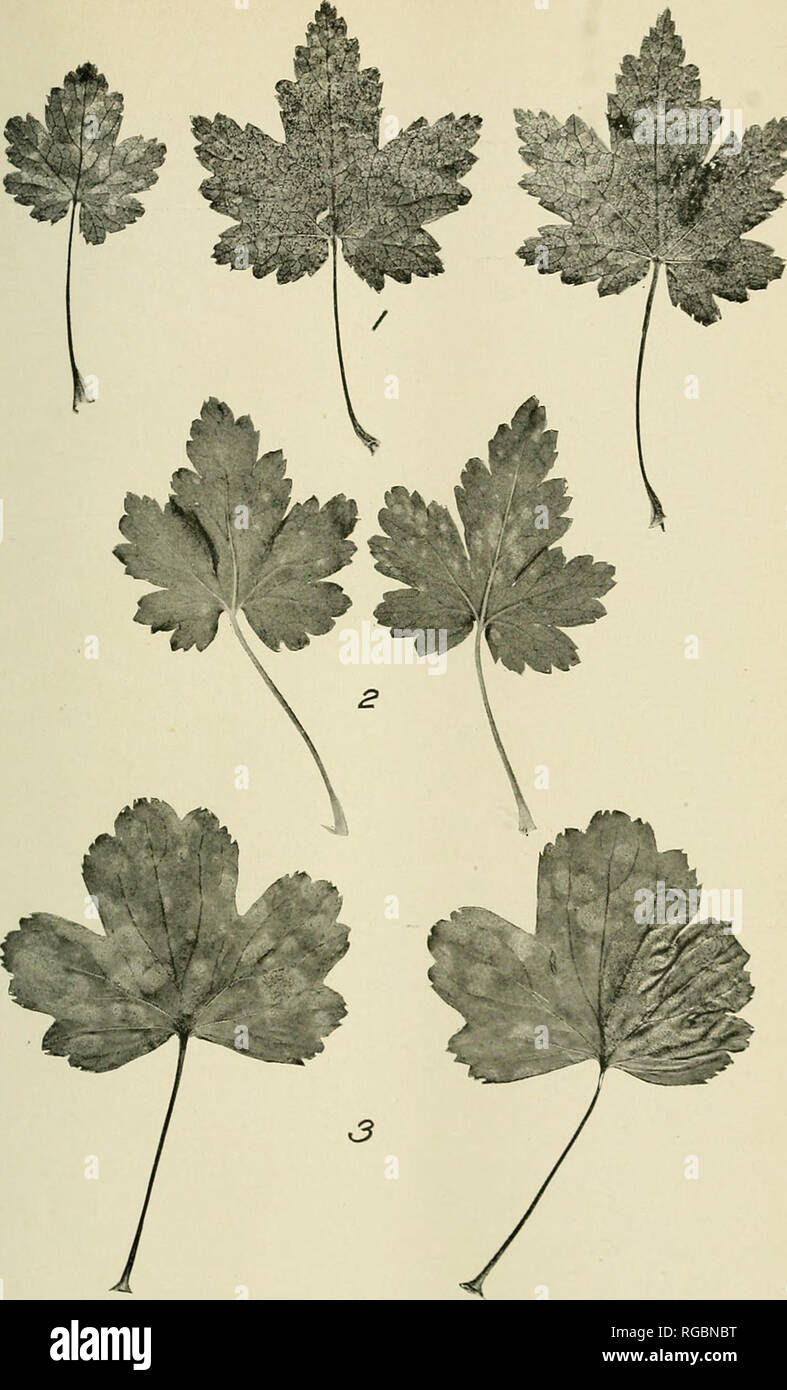 . Bulletin of the U.S. Department of Agriculture. Agriculture; Agriculture. Bui. 957, U. S. Dept. of Agriculture. Plate VI.. Leaves OF Rises 1 NFECTED WITH Cronartium ribicola. Showing Different Types of Infection. Fig. l.âInfoclOil leaves of Ribcs glandulnsuin, showiii" lower surfaces; the sparsely scattered telia are well distributed over the entire surface. Etiolation caused by the disease is also evident. X 8- Fit;.'â ^-âLower surfaces of leaves of A'iftr.v sp., showing etiolaied spots where infection has taken place, two days before uredinia were formed. X J. Fit;. ;i.âLower surfaces Stock Photohttps://www.alamy.com/image-license-details/?v=1https://www.alamy.com/bulletin-of-the-us-department-of-agriculture-agriculture-agriculture-bui-957-u-s-dept-of-agriculture-plate-vi-leaves-of-rises-1-nfected-with-cronartium-ribicola-showing-different-types-of-infection-fig-linfocloil-leaves-of-ribcs-glandulnsuin-showiiiquot-lower-surfaces-the-sparsely-scattered-telia-are-well-distributed-over-the-entire-surface-etiolation-caused-by-the-disease-is-also-evident-x-8-fit-lower-surfaces-of-leaves-of-aiftrv-sp-showing-etiolaied-spots-where-infection-has-taken-place-two-days-before-uredinia-were-formed-x-j-fit-ilower-surfaces-image233827548.html
. Bulletin of the U.S. Department of Agriculture. Agriculture; Agriculture. Bui. 957, U. S. Dept. of Agriculture. Plate VI.. Leaves OF Rises 1 NFECTED WITH Cronartium ribicola. Showing Different Types of Infection. Fig. l.âInfoclOil leaves of Ribcs glandulnsuin, showiii" lower surfaces; the sparsely scattered telia are well distributed over the entire surface. Etiolation caused by the disease is also evident. X 8- Fit;.'â ^-âLower surfaces of leaves of A'iftr.v sp., showing etiolaied spots where infection has taken place, two days before uredinia were formed. X J. Fit;. ;i.âLower surfaces Stock Photohttps://www.alamy.com/image-license-details/?v=1https://www.alamy.com/bulletin-of-the-us-department-of-agriculture-agriculture-agriculture-bui-957-u-s-dept-of-agriculture-plate-vi-leaves-of-rises-1-nfected-with-cronartium-ribicola-showing-different-types-of-infection-fig-linfocloil-leaves-of-ribcs-glandulnsuin-showiiiquot-lower-surfaces-the-sparsely-scattered-telia-are-well-distributed-over-the-entire-surface-etiolation-caused-by-the-disease-is-also-evident-x-8-fit-lower-surfaces-of-leaves-of-aiftrv-sp-showing-etiolaied-spots-where-infection-has-taken-place-two-days-before-uredinia-were-formed-x-j-fit-ilower-surfaces-image233827548.htmlRMRGBNBT–. Bulletin of the U.S. Department of Agriculture. Agriculture; Agriculture. Bui. 957, U. S. Dept. of Agriculture. Plate VI.. Leaves OF Rises 1 NFECTED WITH Cronartium ribicola. Showing Different Types of Infection. Fig. l.âInfoclOil leaves of Ribcs glandulnsuin, showiii" lower surfaces; the sparsely scattered telia are well distributed over the entire surface. Etiolation caused by the disease is also evident. X 8- Fit;.'â ^-âLower surfaces of leaves of A'iftr.v sp., showing etiolaied spots where infection has taken place, two days before uredinia were formed. X J. Fit;. ;i.âLower surfaces
 . Practical text-book of plant physiology. Plant physiology. n6 •RELATIONS OF PLANTS TO LIGHT organs of the shoot. Make a plan showing the relative position of the shoots and branches. 176. Etiolation of Plants with, and without Aerial Stems. Se- cure normal healthy specimens of rhizomes of Viola obliqua, which sends only leaves and flowers above the surface of the soil.. FlG. 53. Cross section of portion of etiolated stem of young Quercus. A, pro- toxylem. B, median portion of thin wood-ring, in which the medullary rays are larger than in the normal. C, cambiform tissue. D, bast, showing grea Stock Photohttps://www.alamy.com/image-license-details/?v=1https://www.alamy.com/practical-text-book-of-plant-physiology-plant-physiology-n6-relations-of-plants-to-light-organs-of-the-shoot-make-a-plan-showing-the-relative-position-of-the-shoots-and-branches-176-etiolation-of-plants-with-and-without-aerial-stems-se-cure-normal-healthy-specimens-of-rhizomes-of-viola-obliqua-which-sends-only-leaves-and-flowers-above-the-surface-of-the-soil-flg-53-cross-section-of-portion-of-etiolated-stem-of-young-quercus-a-pro-toxylem-b-median-portion-of-thin-wood-ring-in-which-the-medullary-rays-are-larger-than-in-the-normal-c-cambiform-tissue-d-bast-showing-grea-image232417357.html
. Practical text-book of plant physiology. Plant physiology. n6 •RELATIONS OF PLANTS TO LIGHT organs of the shoot. Make a plan showing the relative position of the shoots and branches. 176. Etiolation of Plants with, and without Aerial Stems. Se- cure normal healthy specimens of rhizomes of Viola obliqua, which sends only leaves and flowers above the surface of the soil.. FlG. 53. Cross section of portion of etiolated stem of young Quercus. A, pro- toxylem. B, median portion of thin wood-ring, in which the medullary rays are larger than in the normal. C, cambiform tissue. D, bast, showing grea Stock Photohttps://www.alamy.com/image-license-details/?v=1https://www.alamy.com/practical-text-book-of-plant-physiology-plant-physiology-n6-relations-of-plants-to-light-organs-of-the-shoot-make-a-plan-showing-the-relative-position-of-the-shoots-and-branches-176-etiolation-of-plants-with-and-without-aerial-stems-se-cure-normal-healthy-specimens-of-rhizomes-of-viola-obliqua-which-sends-only-leaves-and-flowers-above-the-surface-of-the-soil-flg-53-cross-section-of-portion-of-etiolated-stem-of-young-quercus-a-pro-toxylem-b-median-portion-of-thin-wood-ring-in-which-the-medullary-rays-are-larger-than-in-the-normal-c-cambiform-tissue-d-bast-showing-grea-image232417357.htmlRMRE3EKW–. Practical text-book of plant physiology. Plant physiology. n6 •RELATIONS OF PLANTS TO LIGHT organs of the shoot. Make a plan showing the relative position of the shoots and branches. 176. Etiolation of Plants with, and without Aerial Stems. Se- cure normal healthy specimens of rhizomes of Viola obliqua, which sends only leaves and flowers above the surface of the soil.. FlG. 53. Cross section of portion of etiolated stem of young Quercus. A, pro- toxylem. B, median portion of thin wood-ring, in which the medullary rays are larger than in the normal. C, cambiform tissue. D, bast, showing grea
![. [Bulletins on forest pathology : from Bulletin U.S.D.A., Washington, D.C., 1913-1925]. Trees; Plant diseases. Bui. 957, U. S. Dept. of Agriculture. Plate VI. Leaves of Ribes Infected with Cronartium ribicola, Showing Different Types of Infection. Fig. 1.—Infected leaves of Ribes glandulosum, showing lower surfaces; the sparsely scattered telia are well distributed over the entire surface. Etiolation caused by the disease is also evident. X f. Fig. 2.—Lower surfaces of leaves of Ribes sp., showing etiolated spots where infection has taken place, two days before uredinia were formed. X f• Fig. Stock Photo . [Bulletins on forest pathology : from Bulletin U.S.D.A., Washington, D.C., 1913-1925]. Trees; Plant diseases. Bui. 957, U. S. Dept. of Agriculture. Plate VI. Leaves of Ribes Infected with Cronartium ribicola, Showing Different Types of Infection. Fig. 1.—Infected leaves of Ribes glandulosum, showing lower surfaces; the sparsely scattered telia are well distributed over the entire surface. Etiolation caused by the disease is also evident. X f. Fig. 2.—Lower surfaces of leaves of Ribes sp., showing etiolated spots where infection has taken place, two days before uredinia were formed. X f• Fig. Stock Photo](https://c8.alamy.com/comp/RG8T5G/bulletins-on-forest-pathology-from-bulletin-usda-washington-dc-1913-1925-trees-plant-diseases-bui-957-u-s-dept-of-agriculture-plate-vi-leaves-of-ribes-infected-with-cronartium-ribicola-showing-different-types-of-infection-fig-1infected-leaves-of-ribes-glandulosum-showing-lower-surfaces-the-sparsely-scattered-telia-are-well-distributed-over-the-entire-surface-etiolation-caused-by-the-disease-is-also-evident-x-f-fig-2lower-surfaces-of-leaves-of-ribes-sp-showing-etiolated-spots-where-infection-has-taken-place-two-days-before-uredinia-were-formed-x-f-fig-RG8T5G.jpg) . [Bulletins on forest pathology : from Bulletin U.S.D.A., Washington, D.C., 1913-1925]. Trees; Plant diseases. Bui. 957, U. S. Dept. of Agriculture. Plate VI. Leaves of Ribes Infected with Cronartium ribicola, Showing Different Types of Infection. Fig. 1.—Infected leaves of Ribes glandulosum, showing lower surfaces; the sparsely scattered telia are well distributed over the entire surface. Etiolation caused by the disease is also evident. X f. Fig. 2.—Lower surfaces of leaves of Ribes sp., showing etiolated spots where infection has taken place, two days before uredinia were formed. X f• Fig. Stock Photohttps://www.alamy.com/image-license-details/?v=1https://www.alamy.com/bulletins-on-forest-pathology-from-bulletin-usda-washington-dc-1913-1925-trees-plant-diseases-bui-957-u-s-dept-of-agriculture-plate-vi-leaves-of-ribes-infected-with-cronartium-ribicola-showing-different-types-of-infection-fig-1infected-leaves-of-ribes-glandulosum-showing-lower-surfaces-the-sparsely-scattered-telia-are-well-distributed-over-the-entire-surface-etiolation-caused-by-the-disease-is-also-evident-x-f-fig-2lower-surfaces-of-leaves-of-ribes-sp-showing-etiolated-spots-where-infection-has-taken-place-two-days-before-uredinia-were-formed-x-f-fig-image233763868.html
. [Bulletins on forest pathology : from Bulletin U.S.D.A., Washington, D.C., 1913-1925]. Trees; Plant diseases. Bui. 957, U. S. Dept. of Agriculture. Plate VI. Leaves of Ribes Infected with Cronartium ribicola, Showing Different Types of Infection. Fig. 1.—Infected leaves of Ribes glandulosum, showing lower surfaces; the sparsely scattered telia are well distributed over the entire surface. Etiolation caused by the disease is also evident. X f. Fig. 2.—Lower surfaces of leaves of Ribes sp., showing etiolated spots where infection has taken place, two days before uredinia were formed. X f• Fig. Stock Photohttps://www.alamy.com/image-license-details/?v=1https://www.alamy.com/bulletins-on-forest-pathology-from-bulletin-usda-washington-dc-1913-1925-trees-plant-diseases-bui-957-u-s-dept-of-agriculture-plate-vi-leaves-of-ribes-infected-with-cronartium-ribicola-showing-different-types-of-infection-fig-1infected-leaves-of-ribes-glandulosum-showing-lower-surfaces-the-sparsely-scattered-telia-are-well-distributed-over-the-entire-surface-etiolation-caused-by-the-disease-is-also-evident-x-f-fig-2lower-surfaces-of-leaves-of-ribes-sp-showing-etiolated-spots-where-infection-has-taken-place-two-days-before-uredinia-were-formed-x-f-fig-image233763868.htmlRMRG8T5G–. [Bulletins on forest pathology : from Bulletin U.S.D.A., Washington, D.C., 1913-1925]. Trees; Plant diseases. Bui. 957, U. S. Dept. of Agriculture. Plate VI. Leaves of Ribes Infected with Cronartium ribicola, Showing Different Types of Infection. Fig. 1.—Infected leaves of Ribes glandulosum, showing lower surfaces; the sparsely scattered telia are well distributed over the entire surface. Etiolation caused by the disease is also evident. X f. Fig. 2.—Lower surfaces of leaves of Ribes sp., showing etiolated spots where infection has taken place, two days before uredinia were formed. X f• Fig.